This July I visited the Lorraine American Cemetery and Memorial at St. Avold, France. I drove there, from my family’s vacation house in the Belgian Ardennes, to visit the graves of the 17 members of the 4th Armored Division’s medical units buried there.
I had planned to write about my visit to the cemetery soon after my return, but somehow, I kept delaying it. I think it is because up to now, I hadn’t found the right words to describe it.
Now, that time has put some distance between my visit and my writing about it, I think I have found the words I was looking for. Or rather, the word I was looking for. It is silence.
Silence has many characteristics to it. It can be tranquil, peaceful. But it can also be uncomfortable, painful even. I think that there are few other places in the world where you can experience these extremes of silence as intensely and simultaneously, as at a war cemetery.
My visit was on a gray July day this summer. A drizzle was falling, adding to the solemn atmosphere, without breaking the silence. I was the only visitor at the time. The only other people present were a few of the AMBC staff maintaining the beautiful gardens. I was somewhat saddened to see that no one else was there to visit the cemetery and pay their respects. On the other hand, it did give me the chance to fully experience my visit. I was able to visit, alone, with my thoughts.
The Lorraine American Cemetery and Memorial is located on the north side of the city of St. Avold, along the northern access route D633. When you drive up the entrance the scene around you changes immediately, from a French commercial zone to a green park. When you have parked your car, you are no longer aware of the busy traffic just a hundred yards away.
Due to the restriction because of the Corona-pandemic, the visitors center was closed. Walking past the visitors center, you enter between large hedges where you see the huge memorial.
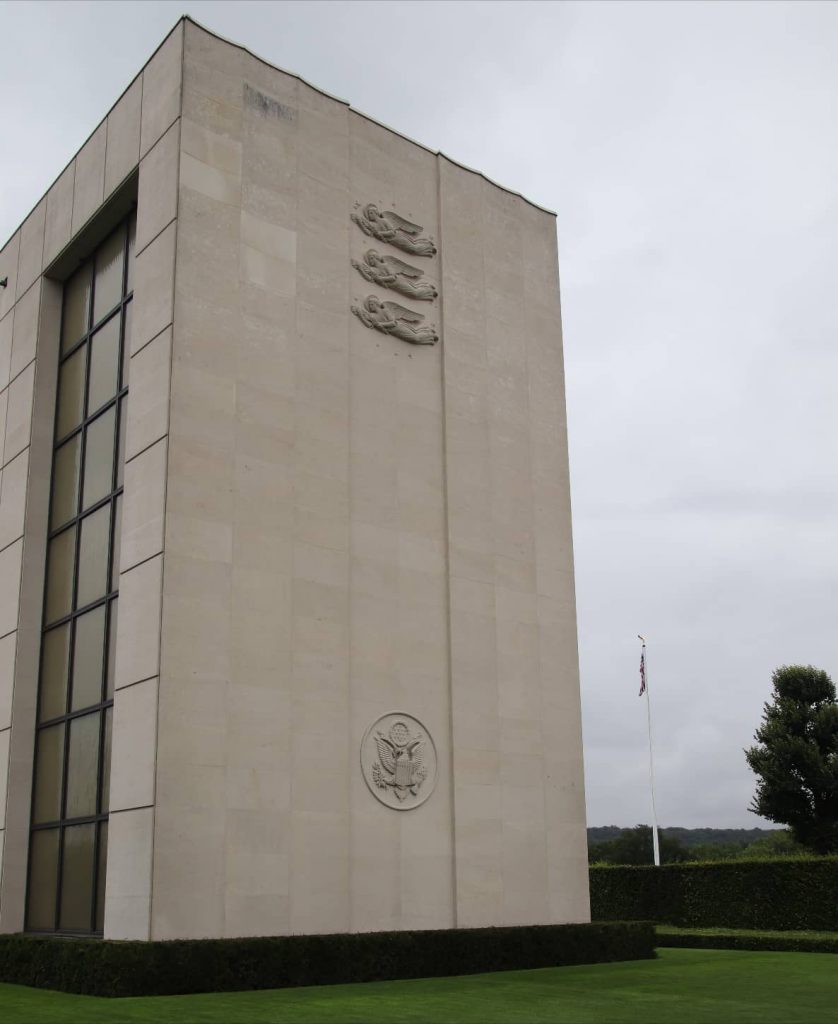
The entrance of the memorial overlooks the cemetery and is flanked on both sides by the Walls of the Missing. On these walls are 444 names of casualties whose body was not (initially) found or identified. Some of them have been located and identified since, shown by a rosette next to their name.
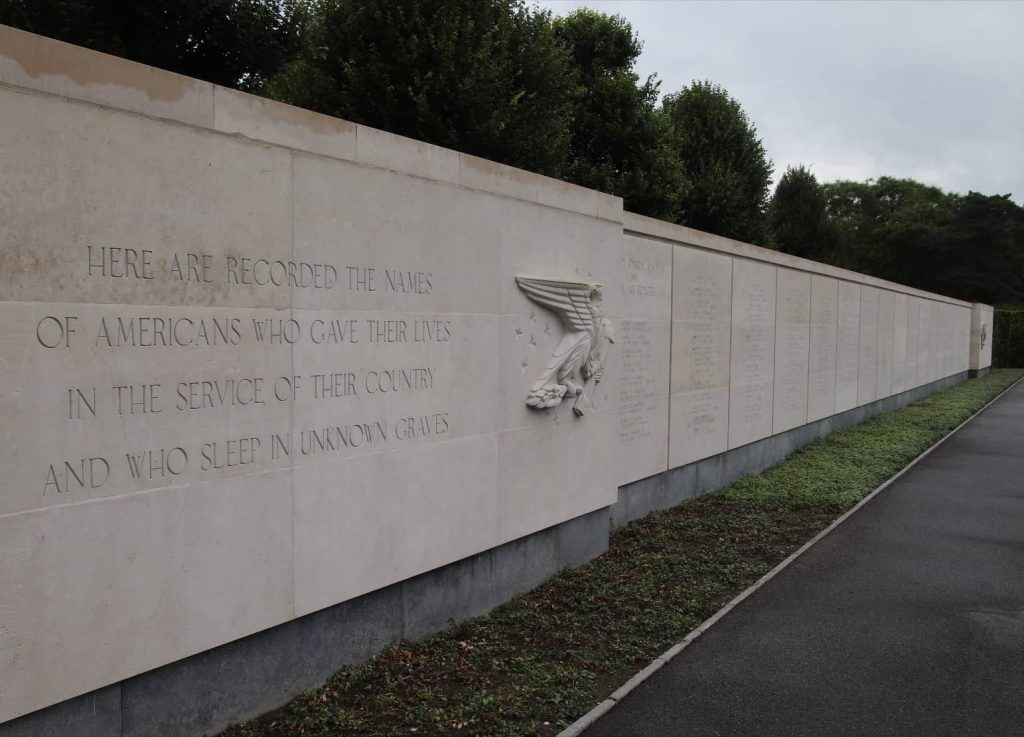
Walking along the walls, reading the names, I couldn’t help to wonder: “what happened to them?”. Knowing what incredible destructive force it takes to completely “erase” a human body, I can only conclude that many must still be out there, resting in the forests and fields of Europe. Waiting to be found so a piece of the void they left can yet be filling, and that final part of their stories can yet be told to their families. In many respects, this is why the Walls of the Missing are perhaps the saddest part of the cemeteries.
The graves are located in a shallow valley. From the memorial and the Walls of the Missing, you can see the entire cemetery. There are nine plots separated by curved paths, giving the layout somewhat the resemblance of a flower with its petals.
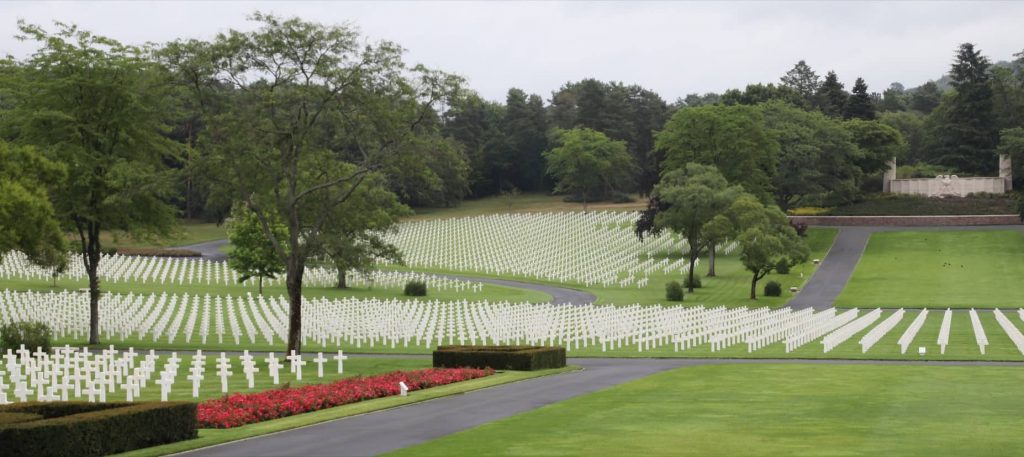
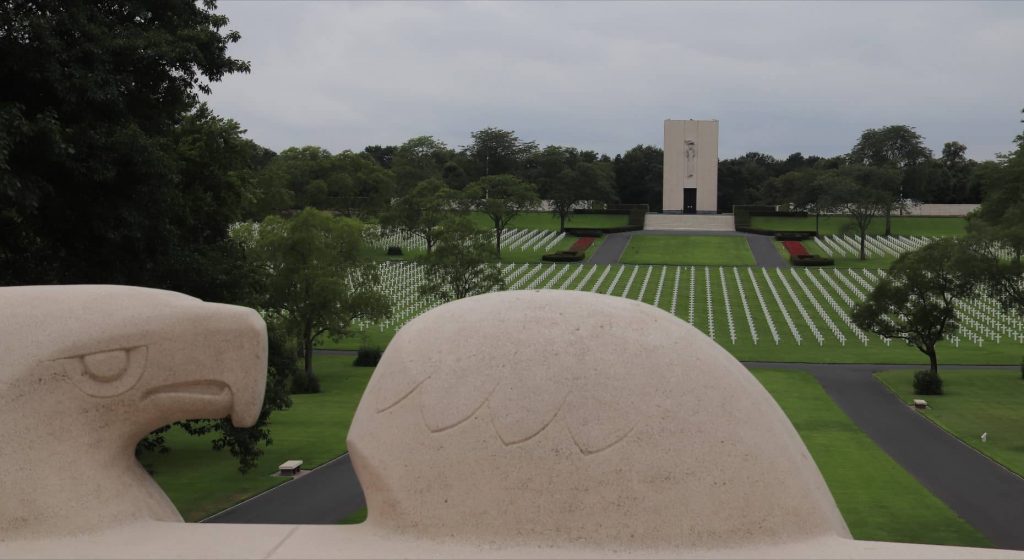
In total there are 10,487 crosses and Stars of David in the cemetery. There are 51 unidentified burials and 30 sets of brothers. This cemetery is the largest American cemetery of WW2 in Europe.
Looking over the cemetery, I realized how our minds have incredible difficulty dealing with large numbers. We can’t really comprehend 10,487 graves. We get lost in them, running the risk of coping by reducing them to just seeing one mass of graves. We run the risk of losing the individuality in this mass.
I tried to bring my mind to fully understand this number. 10,487, what could I compare it with to let it sink in? Then it hit me. I was looking at roughly the equivalent of the fighting strength of an armored division in WW2. There, I was looking at plots of battalion size, task force size, or combat command size. It was a strange feeling: armored division and cemetery were helping me understand each other. After descending the steps to the cemetery, I began my walk between the crosses. Walking amidst the squads, platoons, and companies of men, searching for the graves I came to visit
In total, 282 members of the 4th Armored Division are buried in this cemetery, 17 of them are medics. The 17 medics were Killed in Action or Died of Wounds in France, between September 11th, 1944, and December 25th, 1944. During this period, the 4th Armored Division crossed the Moselle river, fought the Battle of Arracourt, and struggled through the Lorraine mud to the German border. Then, it was ordered to race north and break the siege of Bastogne during the Battle of the Bulge.
Here, I would like to introduce you to these men and tell you a little bit about them in chronological order of the date of their death.
Pvt. Donald J. Baker, 39339722. Plot C, Row 7, Grave 68.
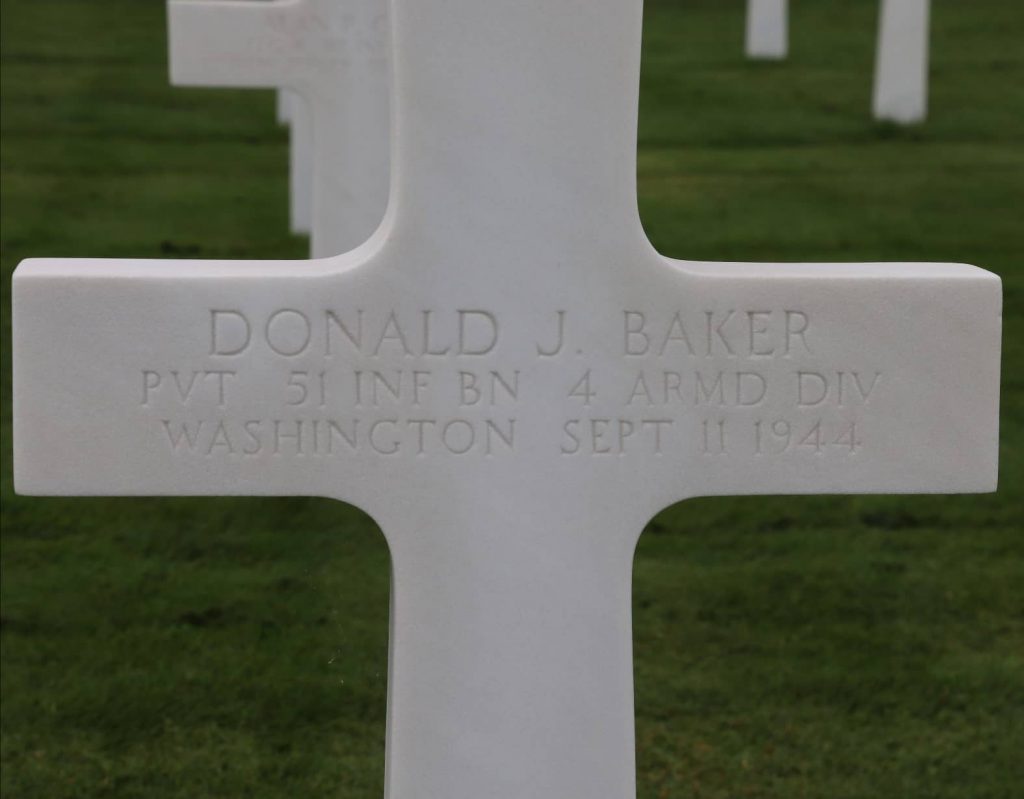
Private Baker joined the 4th Armored Division on August 11th, 1944, from the 53rd Replacement Battalion. The next day he was assigned as a litter bearer to the 51st Armored Infantry Battalion.
On September 11th, 1944, Private Donald J. Baker was attached as litter bearer to Company C, 51st Armored Infantry Battalion. On this day, the companies of the battalion crossed the Moselle river against heavy German resistance. Private Baker was probably killed during the attempt to cross the Moselle.
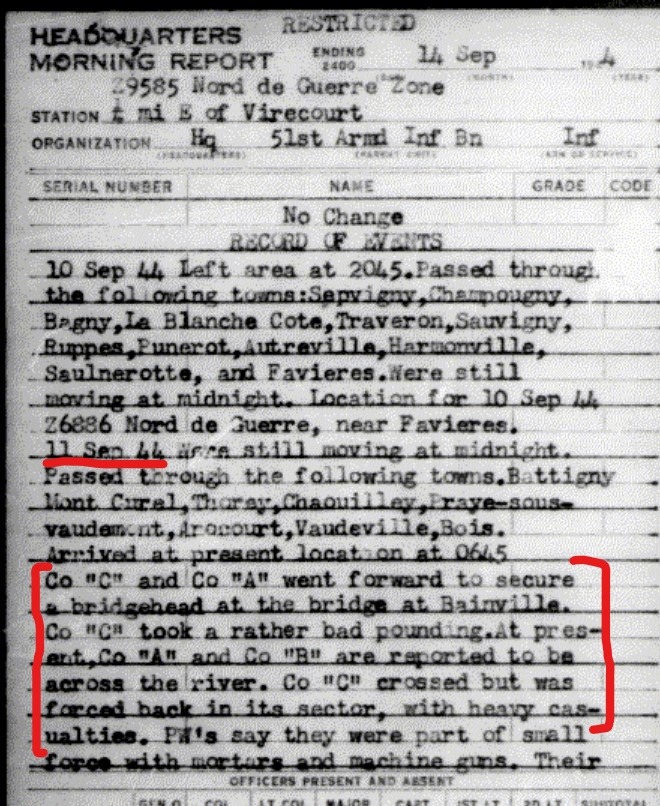
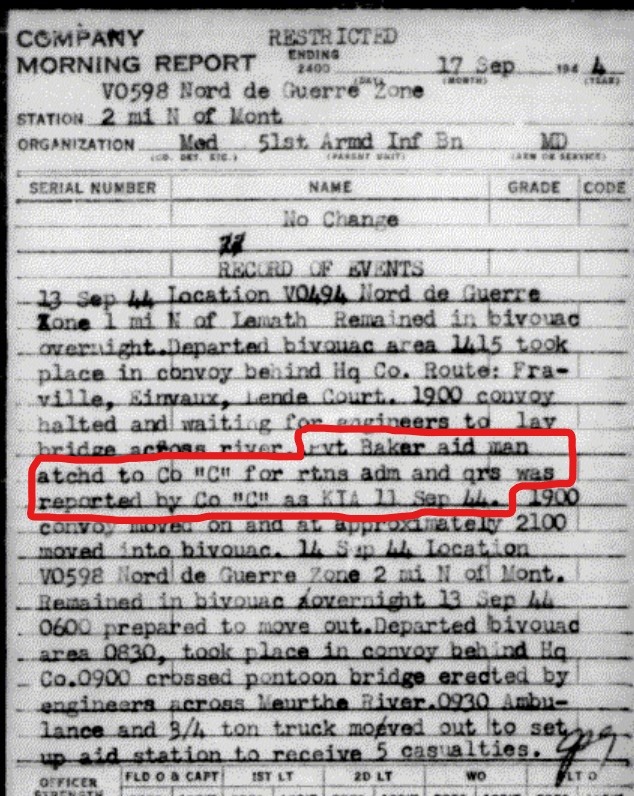
Pvt. Carl W. Derr, 33828261. Plot C, Row 30, Grave 74.
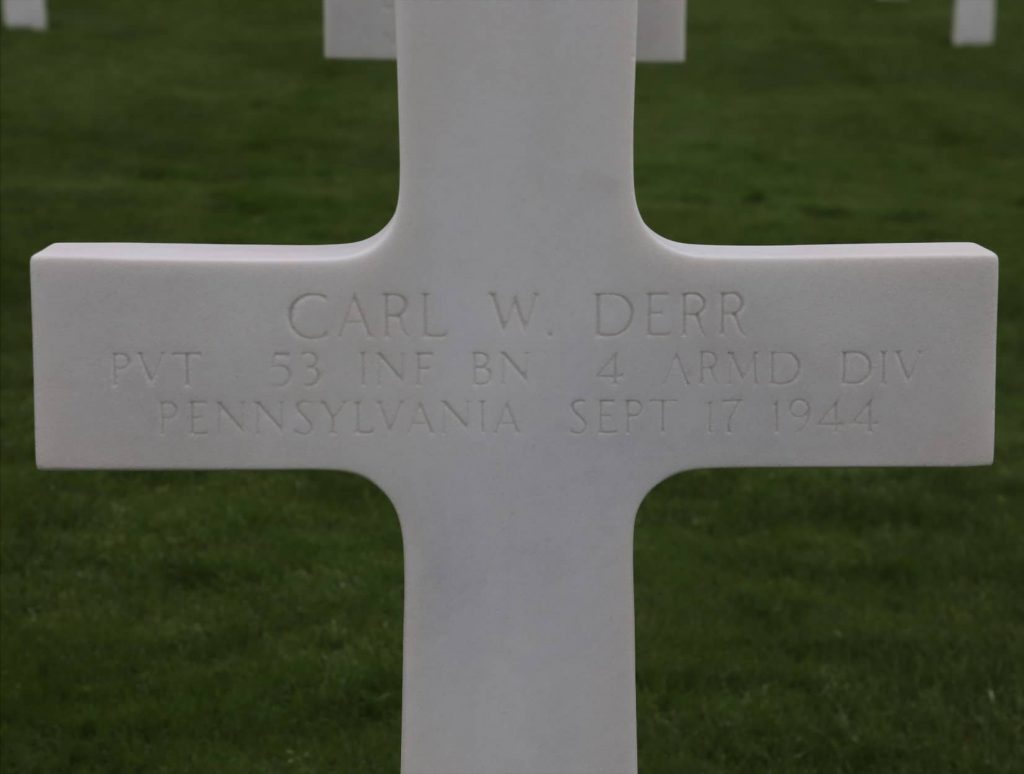
Private Derr joined the 4th Armored Division on August 7th, 1944, when he was picked up at the 53rd Replacement Battalion. He was brought to the headquarters of the 46th Armored Medical Battalion, where he spent one day, waiting for his assignment to a unit. On August 8th, 1944, he was assigned to the medical detachment of the 53rd Armored Infantry Battalion as a litter bearer. He was Killed in Action on September 17th, 1944. This was in the vicinity of Arracourt, France.
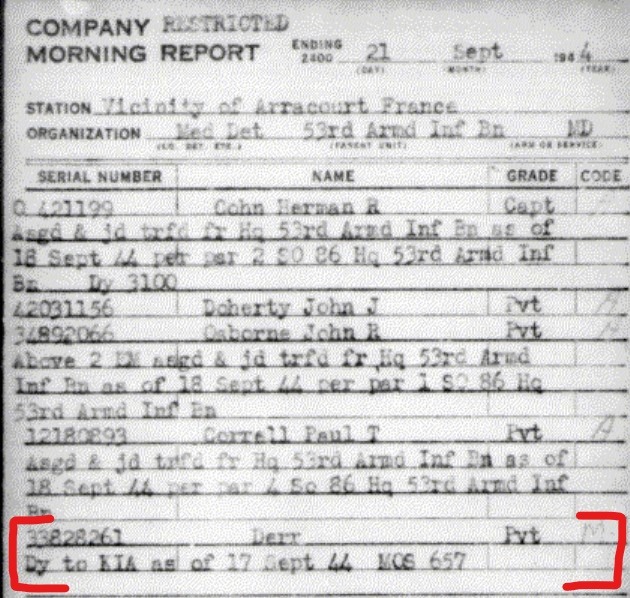
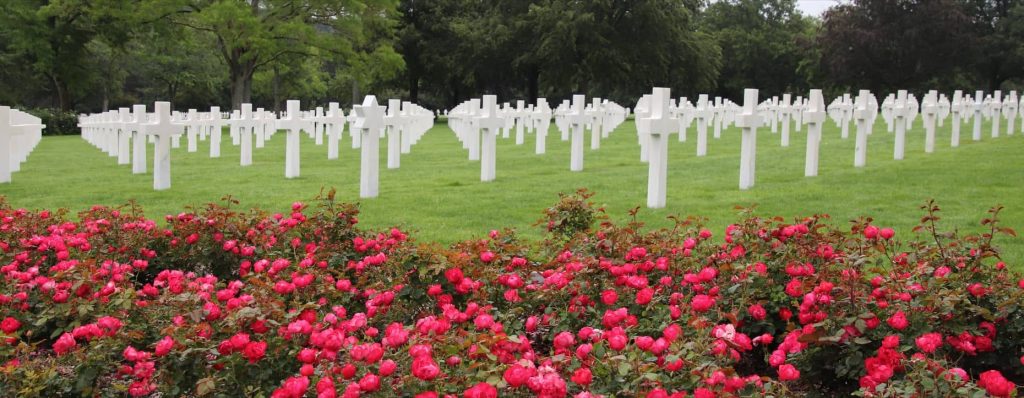
The tragedy of September 24th, 1944.
The blackest day for the medical service of the 4th Armored Division was 24th September 1944. On this day the German 559th Volksgrenadier Division, supported by tanks of the 106th Panzer Brigade struck the frontline held by CCB. A heavy artillery barrage decimated the battalion aid station of the medical detachment, 51st Armored Infantry Battalion as it hit the troops of CCB. At the time the battalion aid station was located in the open on the edge of Fresnes-en-Saulnois, France. Of the enlisted men, 10 had to be evacuated for wounds or combat exhaustion. Three enlisted men were killed in action. One later died of his wounds. All three officers were wounded. Two had to be evacuated for their wounds. Captain Caravona MC, died of his wounds the next day. This left the aid station with only 7 enlisted men and one wounded officer, Captain Jesse Austin. After treating all the wounded in the aid station, Captain Austin went back to the nearest Clearing Station, to have his wounds treated. Then he returned immediately to resume his duty. The medical battalion rushed in reinforcements as soon as possible. And after all this, the morning report still states that “morale was fair”.
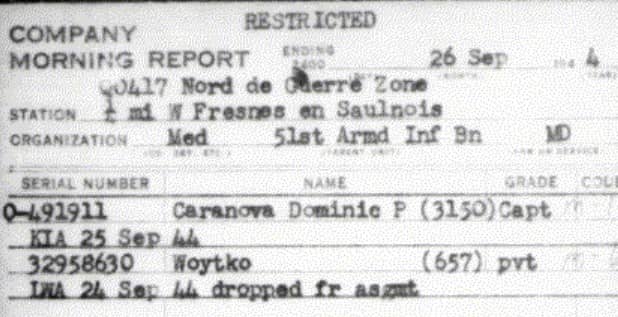
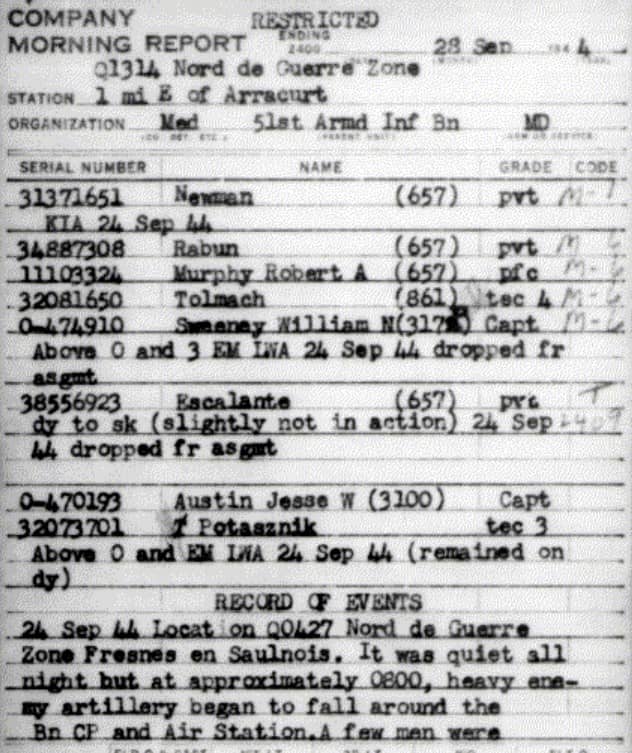
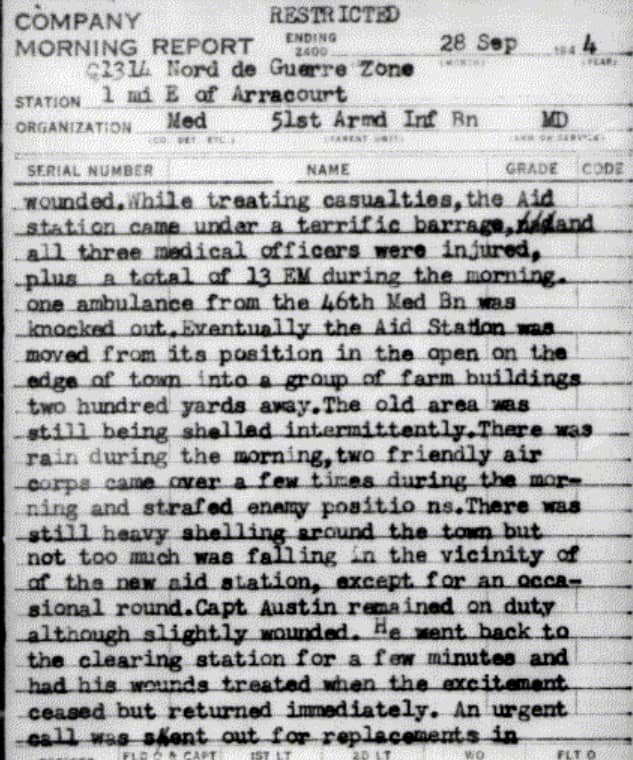
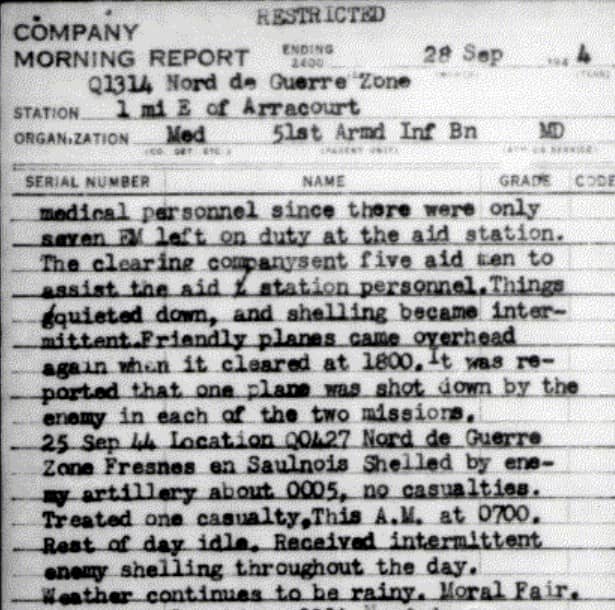
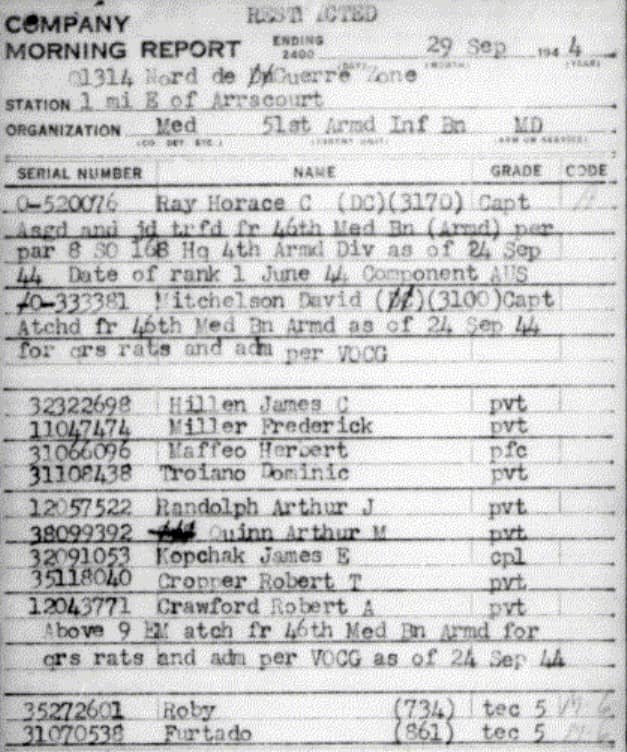
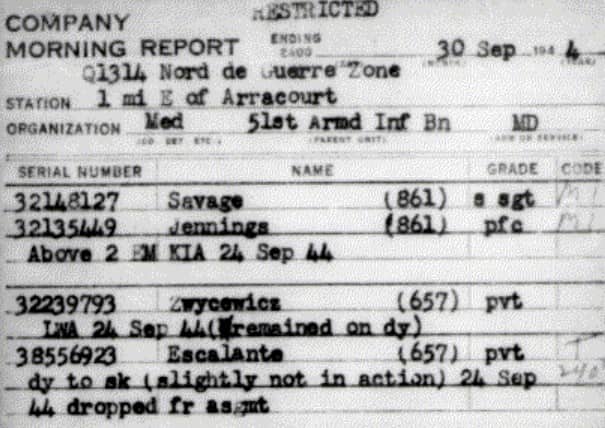
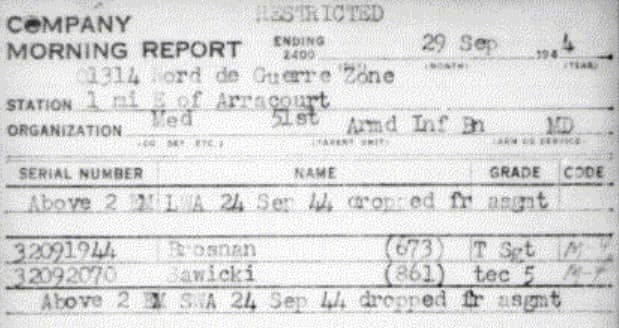
All the fatalities of this day are buried in Lorraine American Cemetery. The three enlisted men served with the medical detachment of the 51st Armored Infantry Battalion from the very beginning, when it was still the 51st Armored Infantry Regiment. All three served as surgical technicians (MOS 861) at the time of their deaths. S/Sgt Savage was trained as a medical NCO (MOS 673).
Pfc. Thomas S. Jennings, 32135449. Plot G, Row 8, Grave 21.
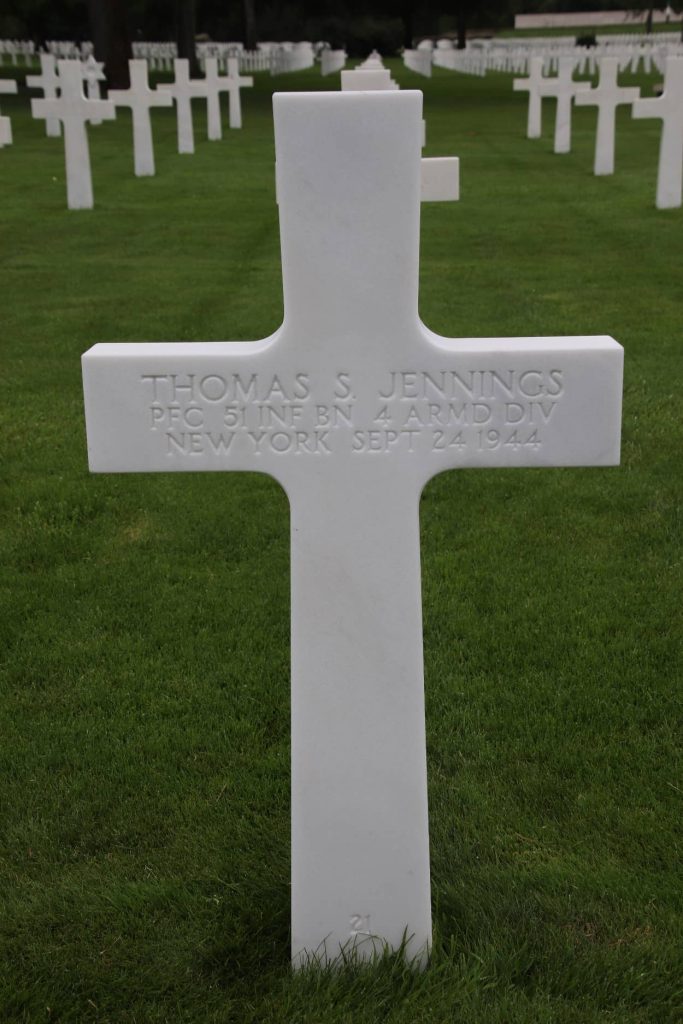
Tec 5 Joseph A. Sawicki, 32092070. Plot C, Row 9, Grave 41.
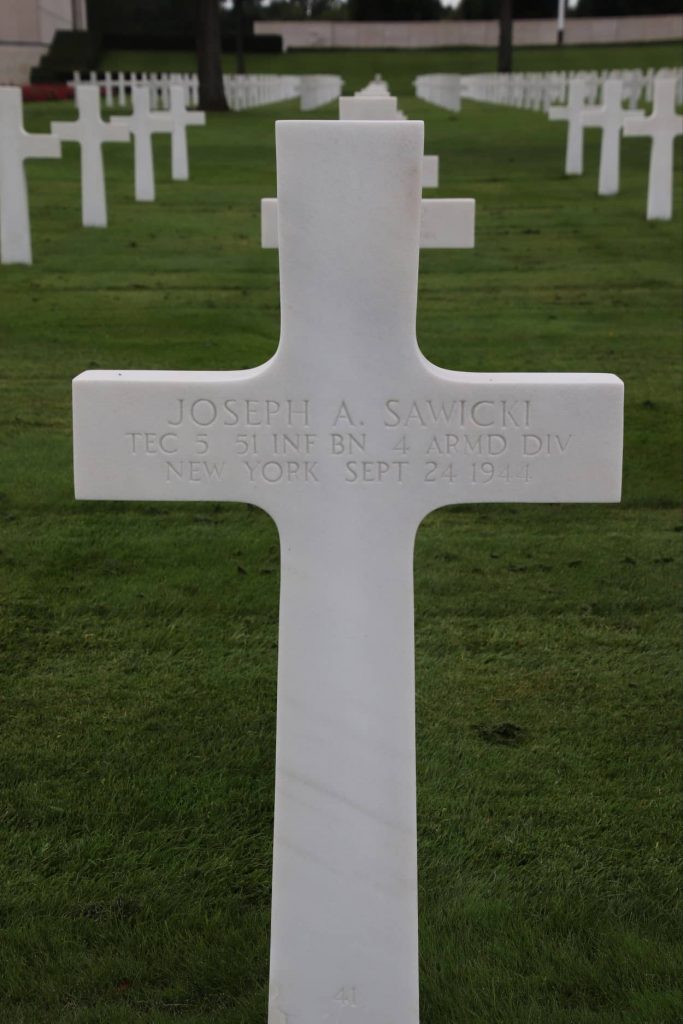
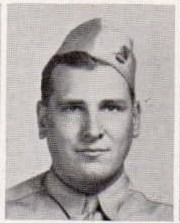
Joseph Sawicki was severely wounded during the artillery barrage and died of his wounds later the same day.
S/ Sgt Harry B. Savage, 32148127. Plot C, Row 12, Grave 25.
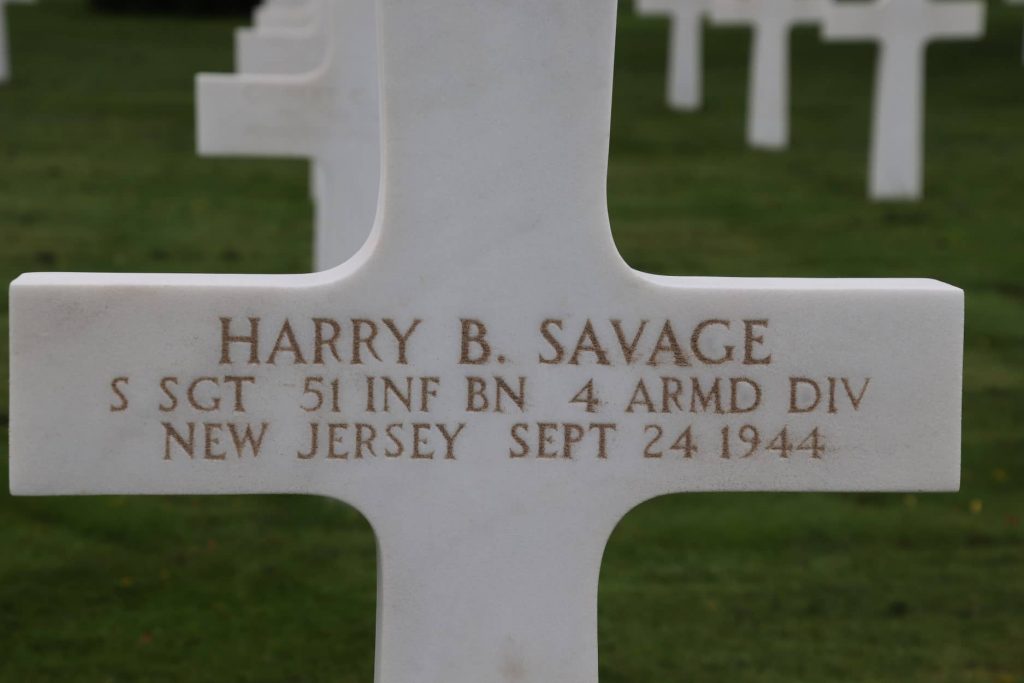
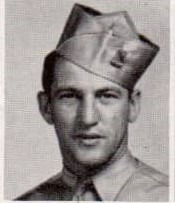
On the day of my visit, the engraved name of S/Sgt Harry Savage was filled in with Normandy sand. This is a service the ABMC has available for families. By filling in the name with sand, you can see it better in a photograph. As the rain had not yet washed the sand away, I can only assume that the sand was recently applied. Perhaps even earlier the same day. Did I just miss meeting family members? Or did one of the ABMC staff members take a photo at a request?
Capt. Dominic P. Caravona, O-491911. Plot C, Row 21, Grave 67.

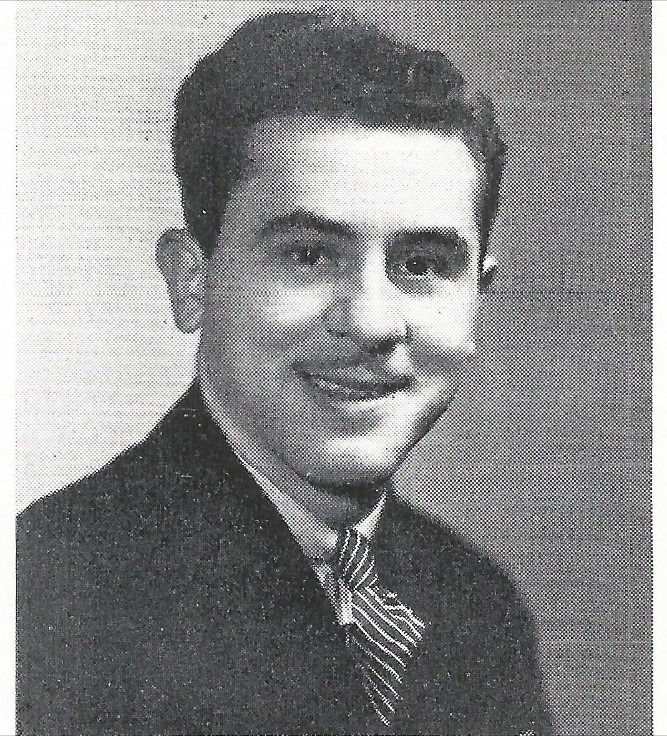
Captain Caravona first served in Company A, 46th Armored Medical Battalion. He was transferred to the medical detachment, 51st Armored Infantry Battalion on June 12th, 1944. After being severely wounded on September 24th, 1944 he was evacuated, first to the Clearing Station of Company B, 46th Armored Medical Battalion at Tomblaine, France, and then to the 106th Evacuation Hospital at Blénod-lès-Toul. Here he died of his wounds on September 25th, 1944.
Division Journal 25th Sept 1944:

Pvt. Denny T. Clarke, 33148042. Plot A, Row 25, Grave 25.
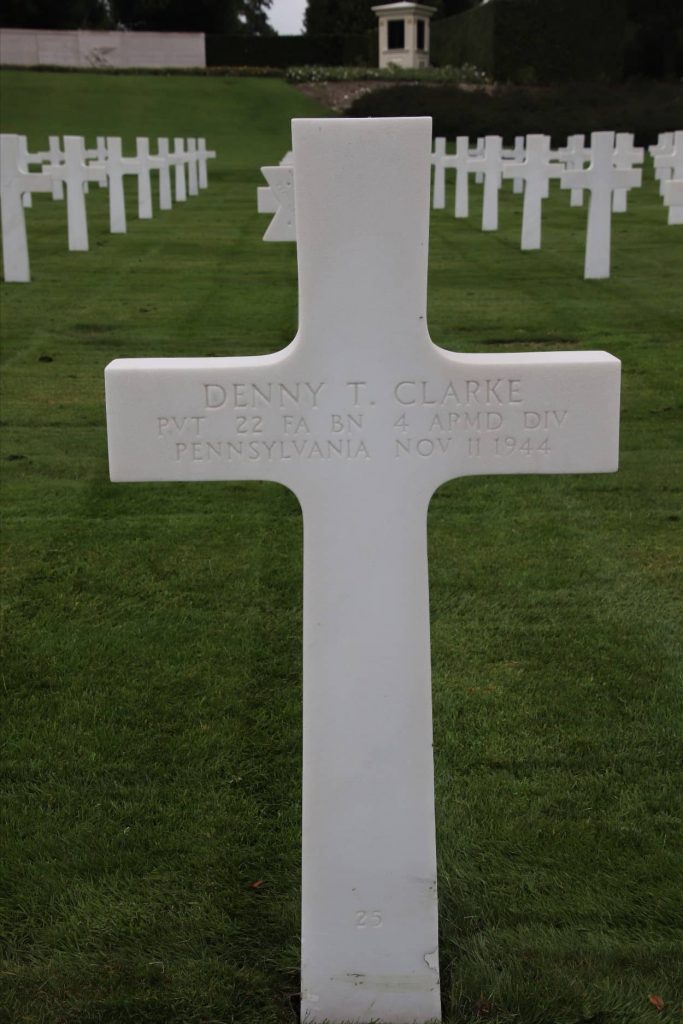
I have not been able to find out much about Pvt. Clarke. I know that he served in the medical detachment of the 22nd Armored Field Artillery Battalion as a Private, Basic (MOS 521). He was Killed in Action on November 11th, 1944, at the start of the Lorraine Campaign. The Division Surgeon wrote in his journal:
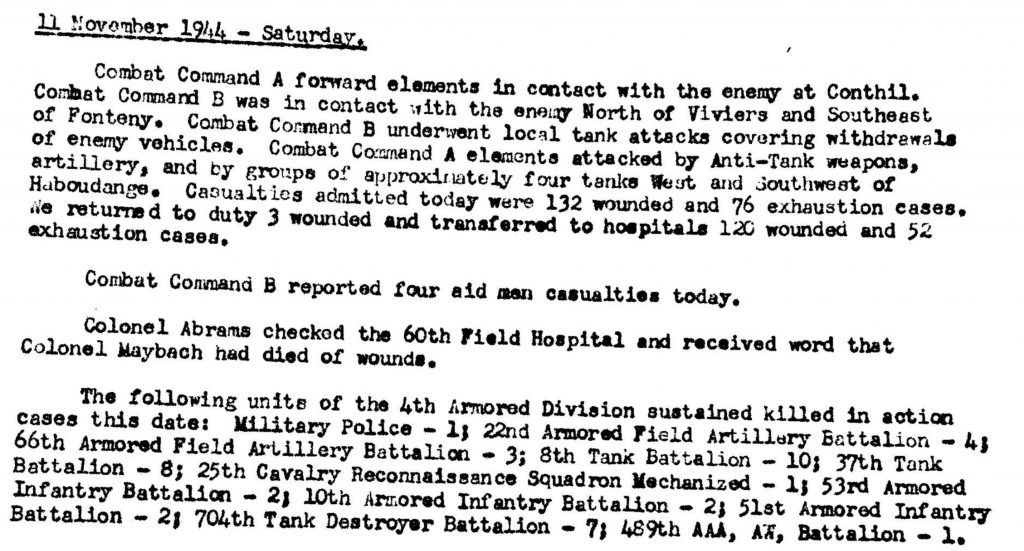
So Pvt. Clarke was one of four aid men that became casualties in Combat Command B this day, and he was one of four servicemen lost in the 22nd AFAB this day.
In Patton’s Vanguard, writer Don M. Fox describes the events of November 11th (page 181):
“With TF Maybach stalled, a continued advance by TF Churchill would leave both flanks exposed and highly vulnerable. But the truly bad news was that the 35th Infantry Division had failed to follow behind TF Churchill as planned. The Germans took advantage of the resulting gap between the two American forces, and slipped a strong force of infantry, tanks, armored cars, and artillery, back into the town of Viviers. As the Germans moved into the town, they hit part of the 22nd AFAB, which was supporting TF Churchill from further back in the column.”
One final clue I have found is this message from Company B, 46th Armored Medical Battalion to the CO of the medical battalion, informing him that the medical detachment of the 22nd AFAB needs a new ambulance. Perhaps the death of Pvt. Clarke has something to do with these events.
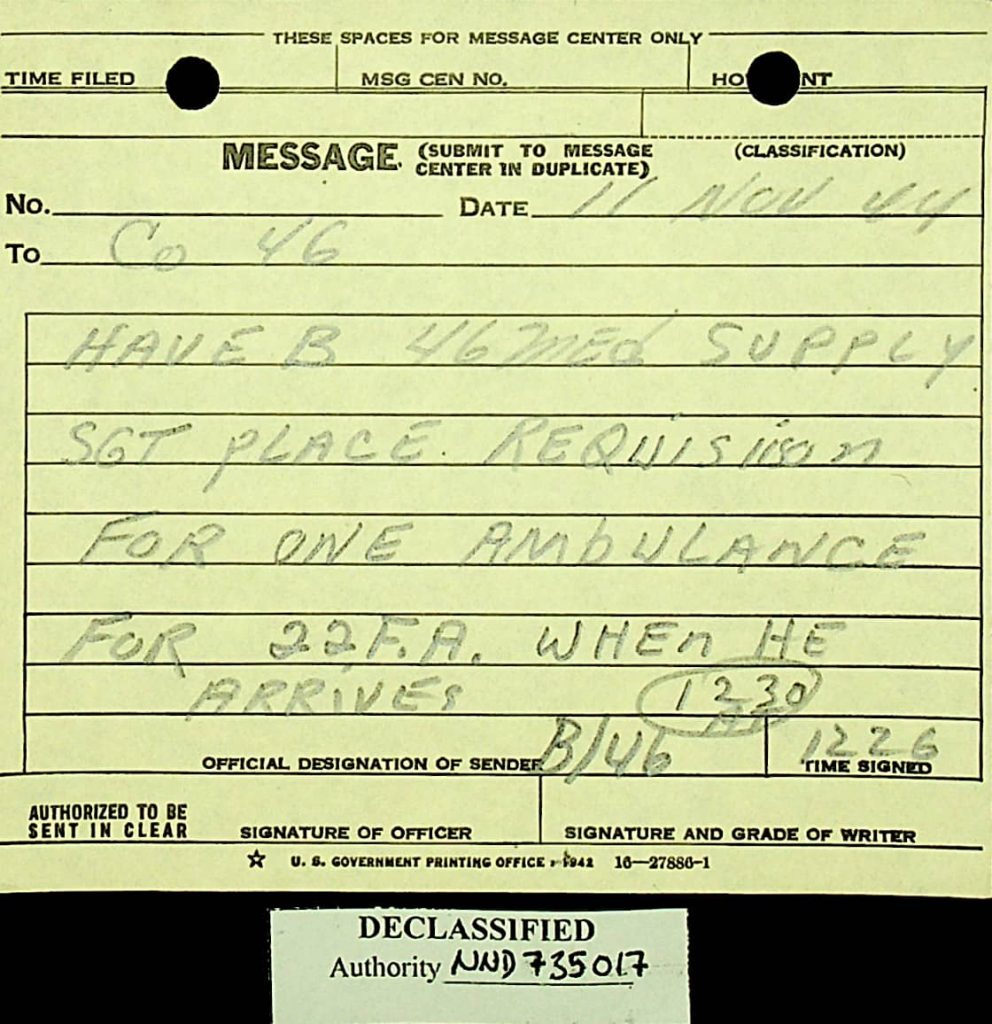
The news of his death was reported back home in this article:
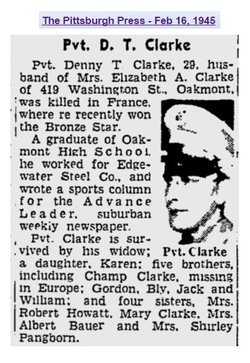
Standing at his grave as a husband, and father of a daughter myself, realizing the loss his death had created, this moment felt very personal to me.
Tec 4 Frederick Englehutt, 31086829. Plot A, Row 26, Grave 19.
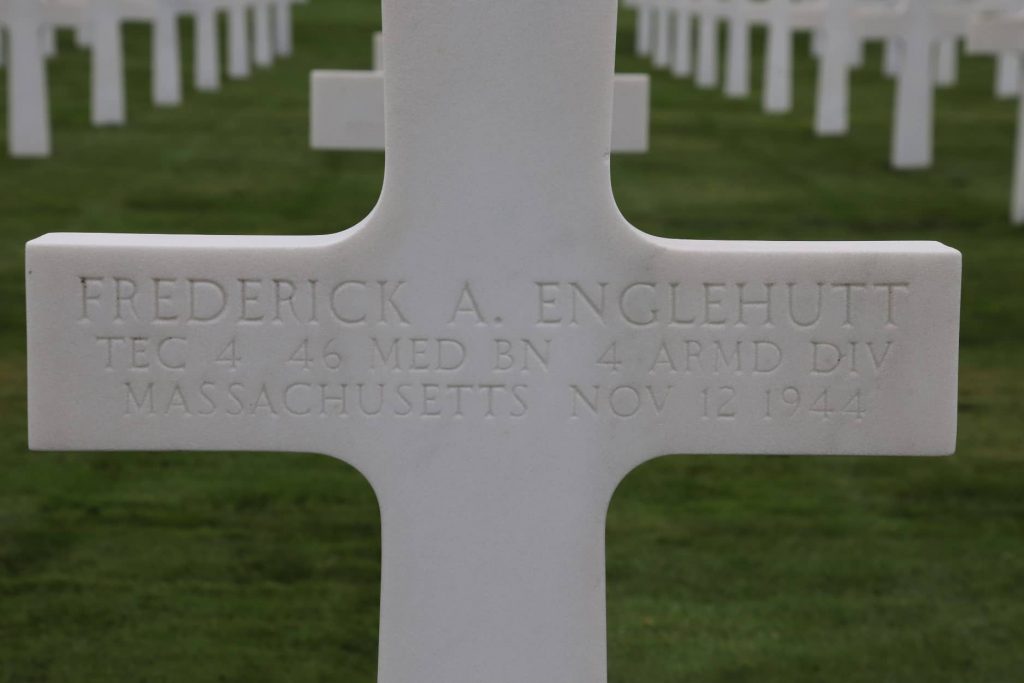
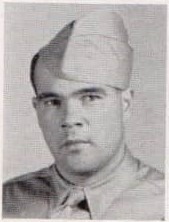
Frederick Englehutt served with the 46th Armored Medical Battalion from early on in the war. He was part of the Headquarters Company in 1942. He was transferred to Company A by November 1943 and served there as an Auto Mechanic (MOS 014). On November 12th, 1944 at 10.00 h near the village of Hampton, France, he was killed by artillery fire.
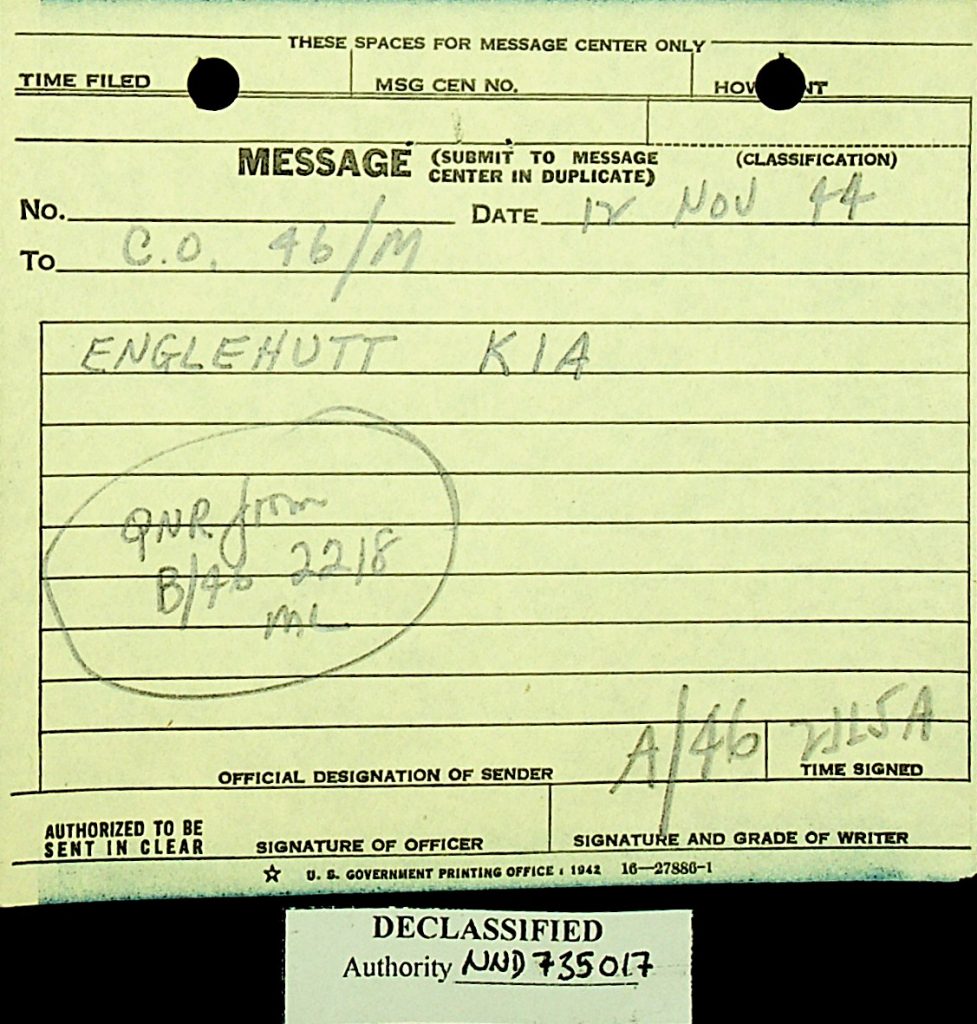
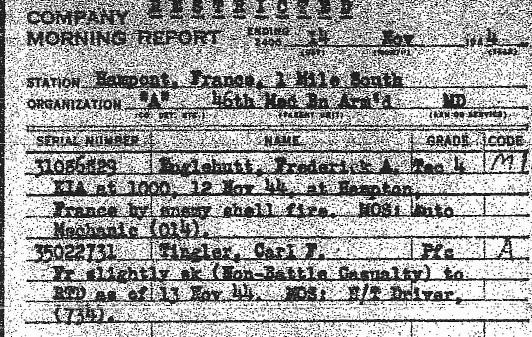
Pvt. Romie Ramsey, 35384292. Plot K, Row 15, Grave 7.
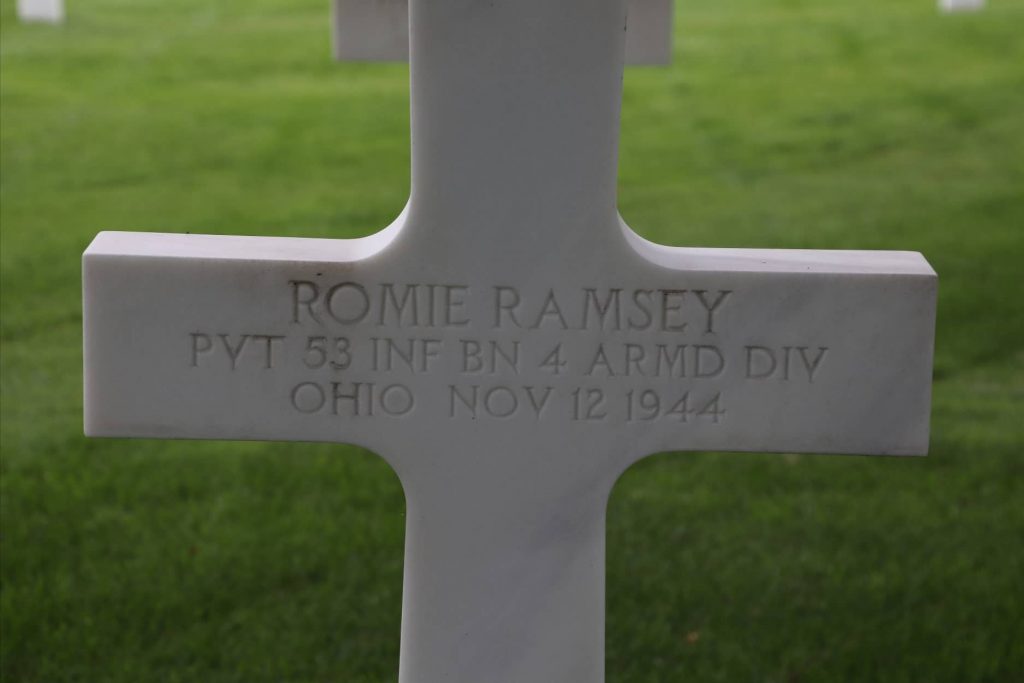
Pvt. Ramsey joined the medical detachment of the 53rd Armored Infantry Battalion on November 8th, 1944. He served in Company C, 53rd AIB before this date, possibly as a rifleman. In the medical detachment, he is appointed to serve as a litter bearer (MOS 657).
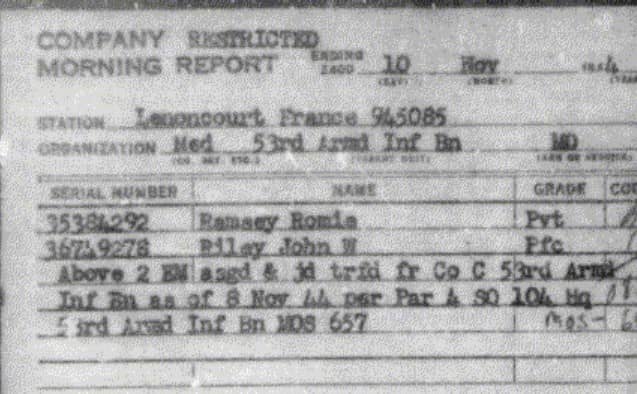
Four days later, on November 12th,1944, he is Killed in Action. It is interesting to note that he is reported then as serving as a medical technician (MOS 409). As the 53rd AIB and Company A, 46th AMB were both attached to CCA this day, Frederick Englehutt and Romie Ramsey likely died within a few miles and a few hours of each other.
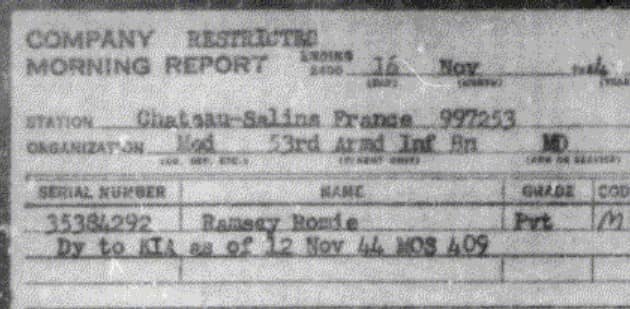
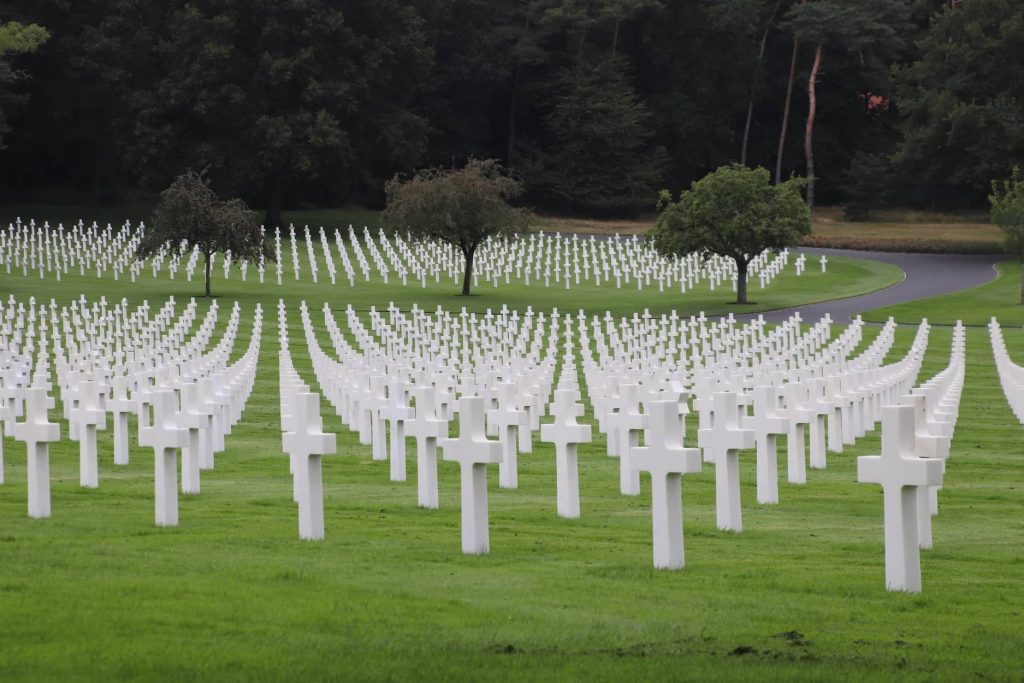
Pvt. Vernon F. Shearer, 33709607. Plot B, Row 17, Grave 4.
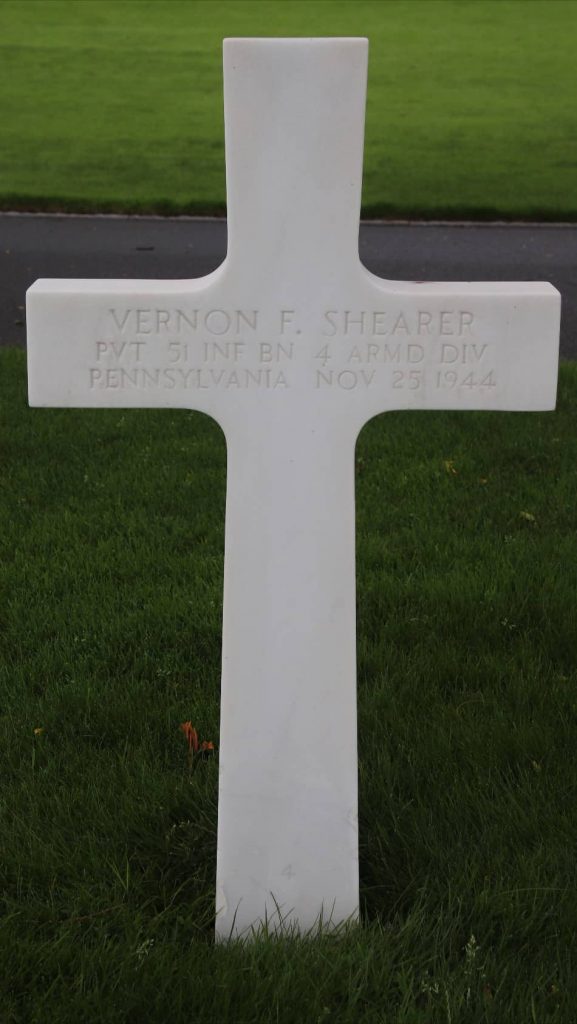
Private Shearer joined the 4th Armored Division on November 21st, 1944 from the 38th Replacement Depot. He stayed two days with the Headquarters Company, 46th AMB. This was the policy of the Division Surgeon, Lt.Col. Morris Abrams. Having the replacements spend a day or two at HQ/46, when possible, giving them a little time to “acclimatize” being closer to the front. From here the Division Surgeon could assign all the new replacements to the units that needed them the most. Private Shearer was assigned on November 23rd, 1944 to the medical detachment of the 51st Armored Infantry Battalion.
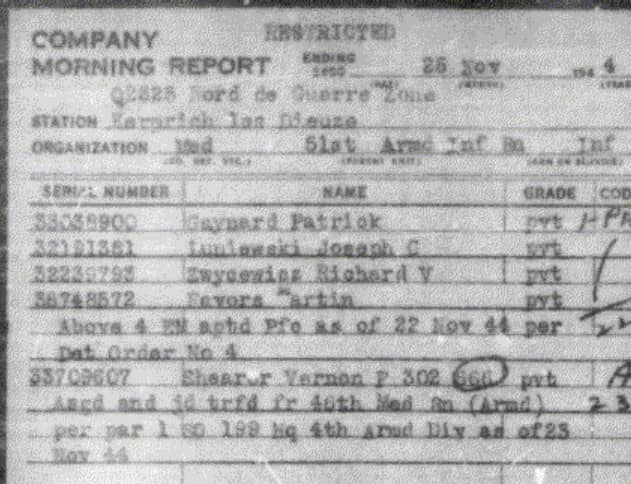
He was Killed in Action just two days later, on November 25th, 1944. The Morning Report describes that the town of Fenetrange, where the battalion aid station was located, was shelled on the 25th of November. Possibly, Private Shearer was caught by this artillery fire. The 51st AIB lost a total of four men Killed in Action this day.
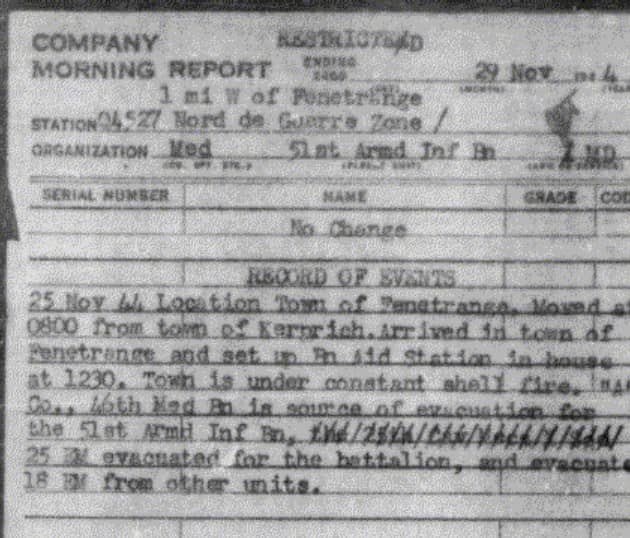
Pfc. James I. Conheady jr., 32939048. Plot J, Row 29, Grave 36.
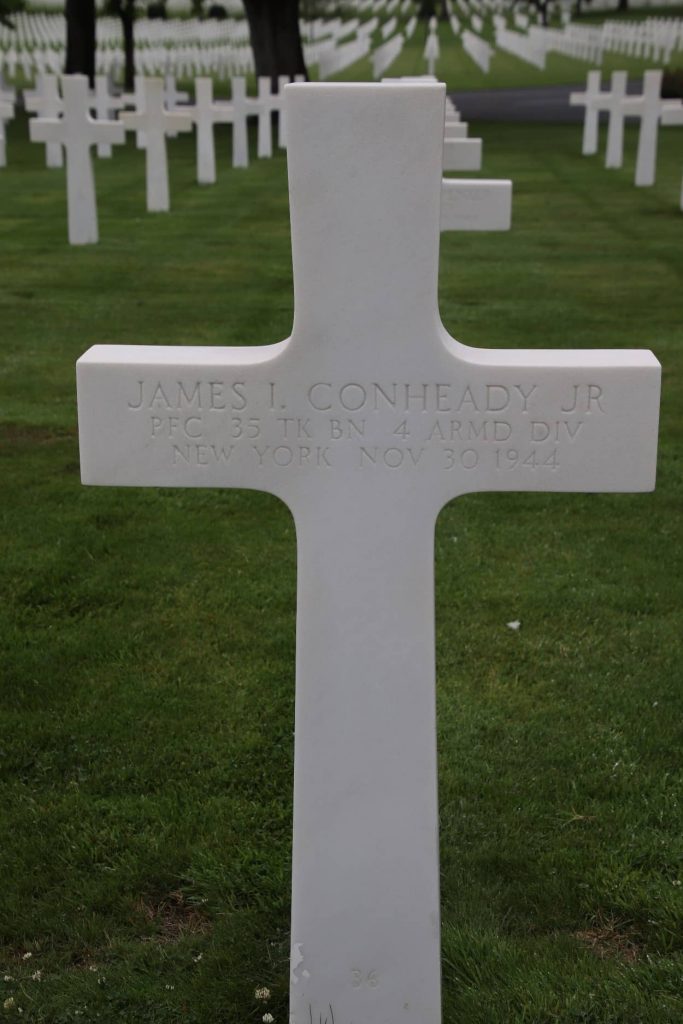
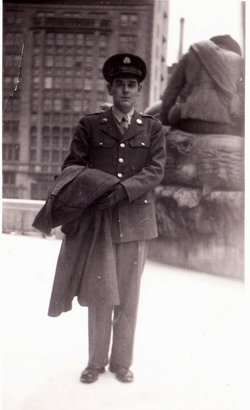
I don’t have a lot of information on Pfc. Conheady. He joined the 4th Armored Division on August 26th, 1944, from the 38th Replacement Depot. He was assigned to the medical detachment of the 35th Tank Battalion on September 12th, 1944. It is interesting to note that his specialty is listed as a Medical Laboratory Technician (MOS 858). The medical detachments had no laboratory technicians in their TO&E. He was sent as a stopgap measure to relieve the need for replacement aid men on the frontline.
On September 30th, 1944, Pfc. Conheady was Killed in Action. I have not found any information on the circumstances in which he was killed.
Pvt. Calvin R. Fisk Jr., 35893088. Plot F, Row 16, Grave 21.
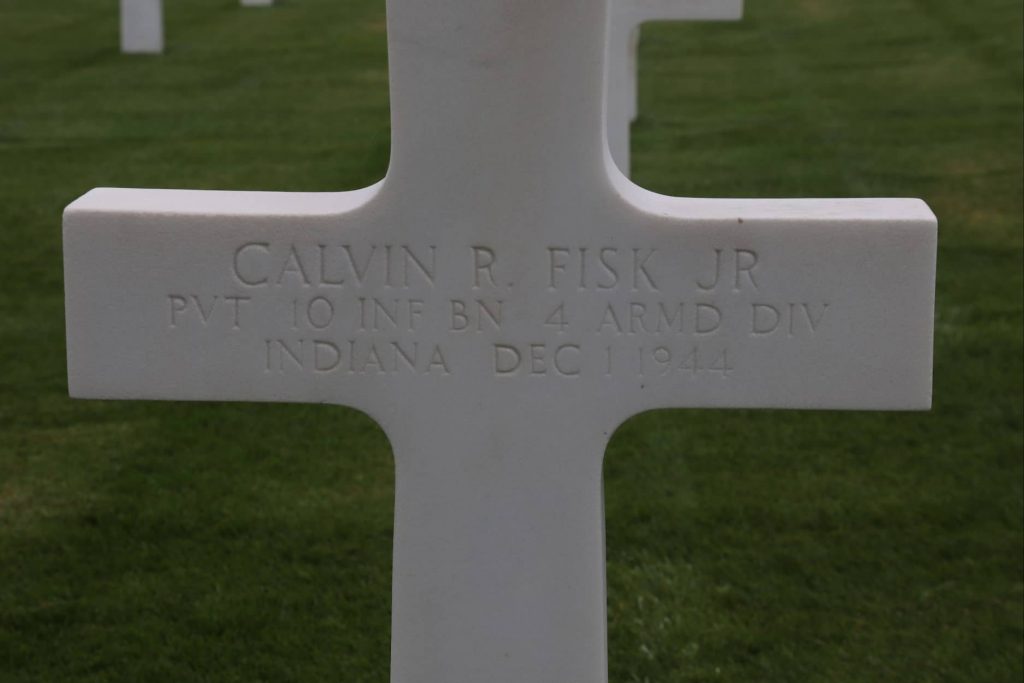
Pvt. Fisk joined the 4th Armored Division on November 18th, 1944, from the 38th Replacement Depot. After a short stay at HQ/46, he was assigned to the medical detachment, 10th Armored Infantry Battalion. His initial MOS was 409: Medical Technician. It was changed to litter bearer (MOS 657) at some point. This was probably done because the medical detachment needed replacement litter bearers due to the heavy losses they had suffered. On December 1st, 1944, the 10th Armored Infantry Battalion, together with the 35th Tank Battalion, attacked the high ground west of Mackwiller, France. This attack is shown in this photo:
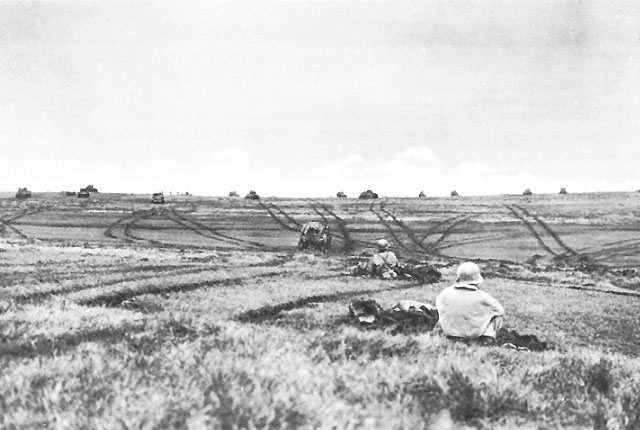
This day, Pvt. Fisk was recorded as Missing in Action (one of two suffered by the 10th Armored Infantry Battalion this day). He was later found Killed in Action.

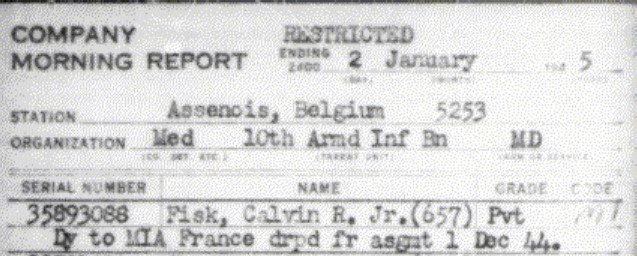
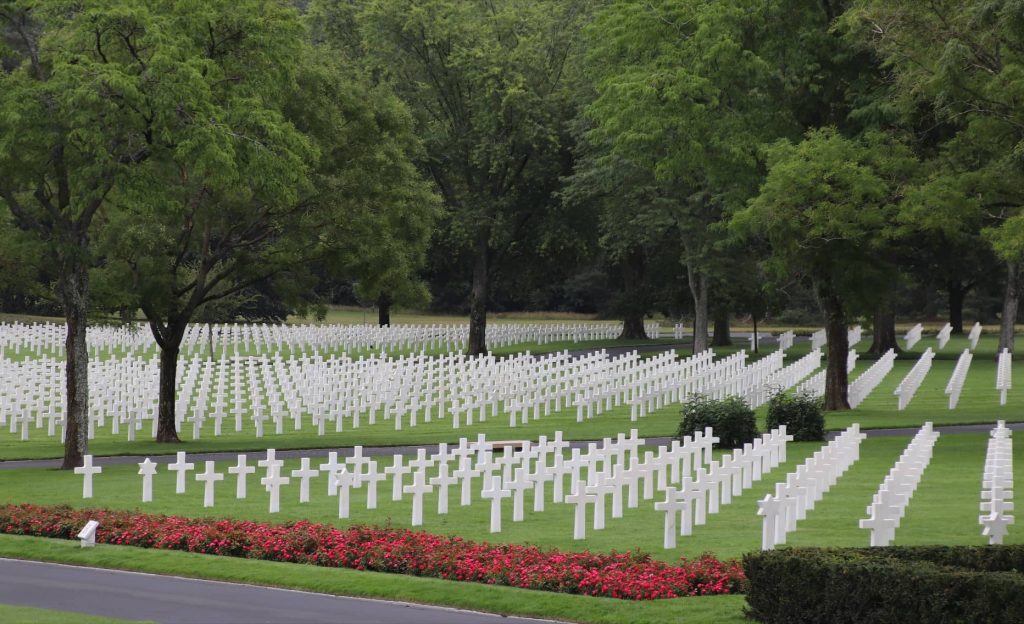
Pfc. John W. Riley, 36749278. Plot G, Row 6, Grave 14.
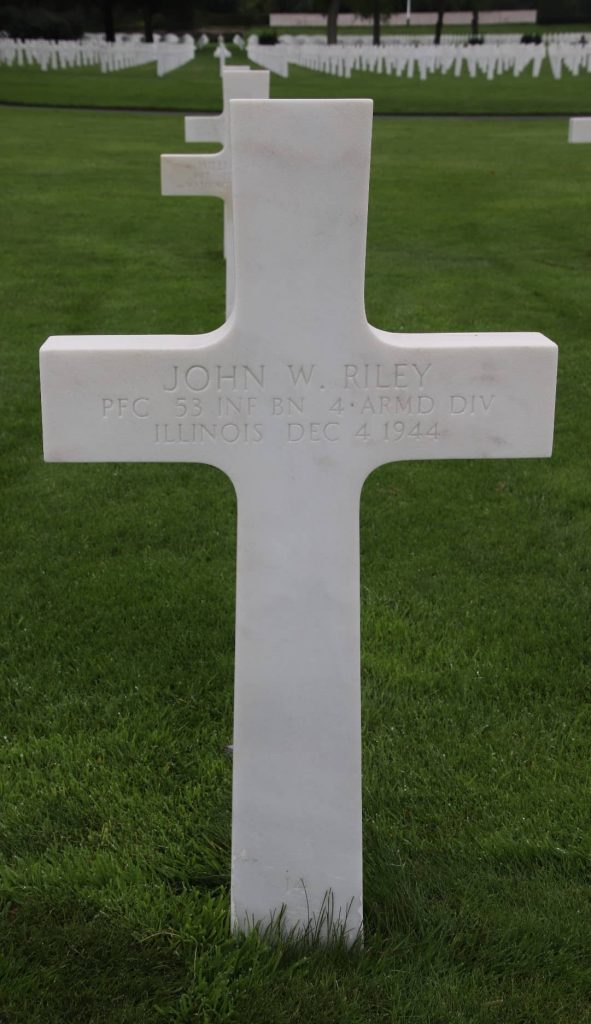
Just like Pvt. Ramsey, Pfc. Riley was transferred to the medical detachment, 53rd Armored Infantry Battalion from Company C of the same battalion. Pfc. Riley was assigned as a litter bearer (MOS 657).

On December 4th, 1944, the 53rd AID, attached to CCA, attacked towards Domfessel, France. It was during this attack that Pfc. Riley was Killed in Action.
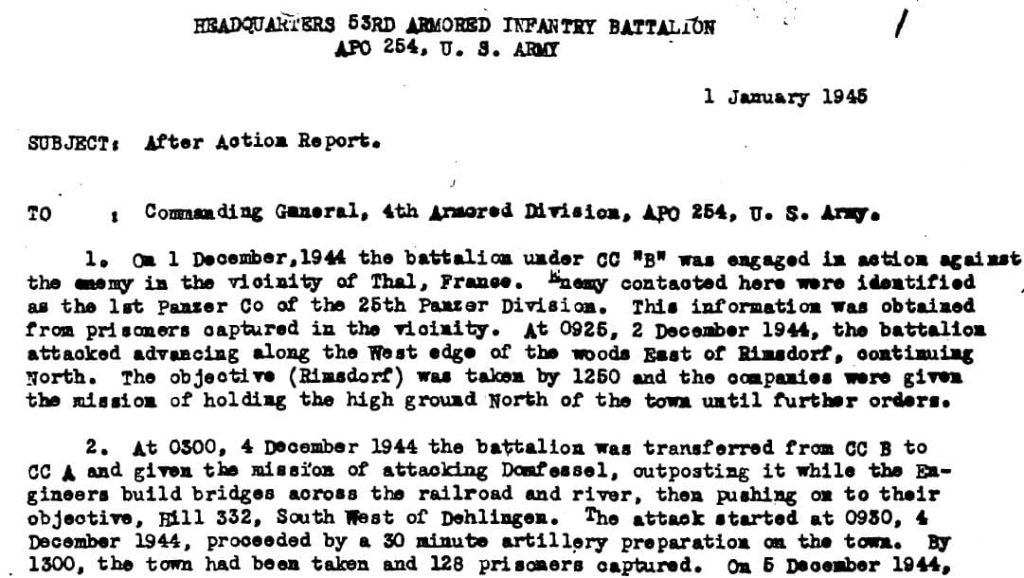
Pvt. Jack L. McArthur, 39548005. Plot K, Row 37, Grave 14.
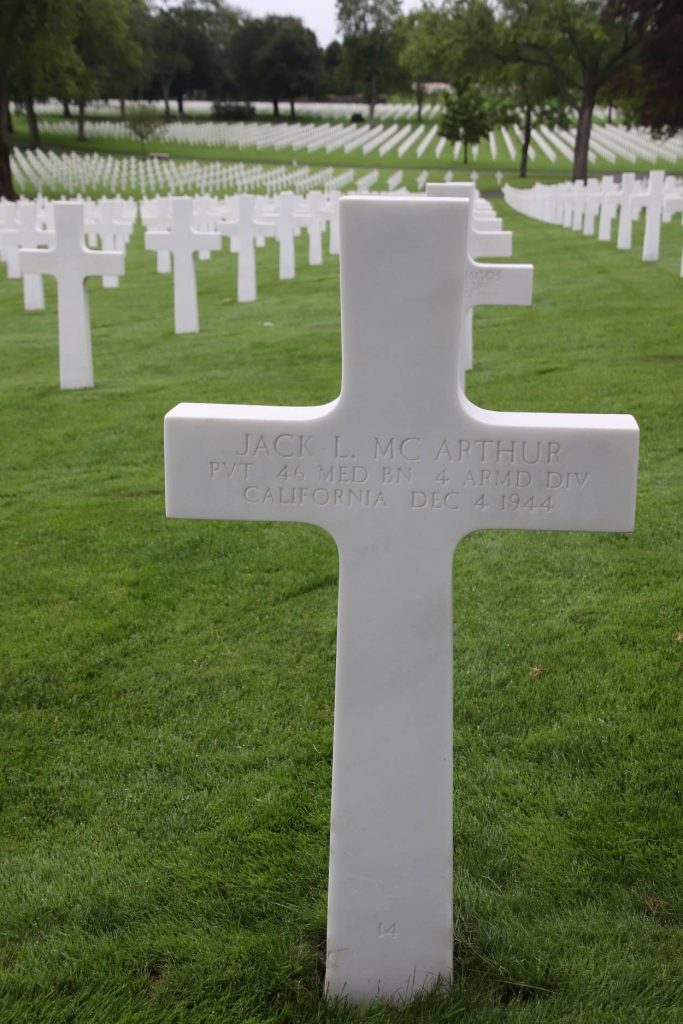
Pvt. McArthur served with Company A, 46th Armored Medical Battalion from 1943 as a litter bearer (MOS 657). On November 20th, 1944 he was sent on temporary duty (TD) to the medical detachment of the 10th Armored Infantry Battalion, to help with the serious shortage of men (on November 16th, 1944, the Division Surgeon reported that the medical detachment, 10th AIB was short ten men).
On December 4th, 1944, Pvt. McArthur was first reported Missing in Action to 46th AMB, but later his body was found and he became listed as Killed in Action. He was killed by artillery fire near Mackwiller, France.
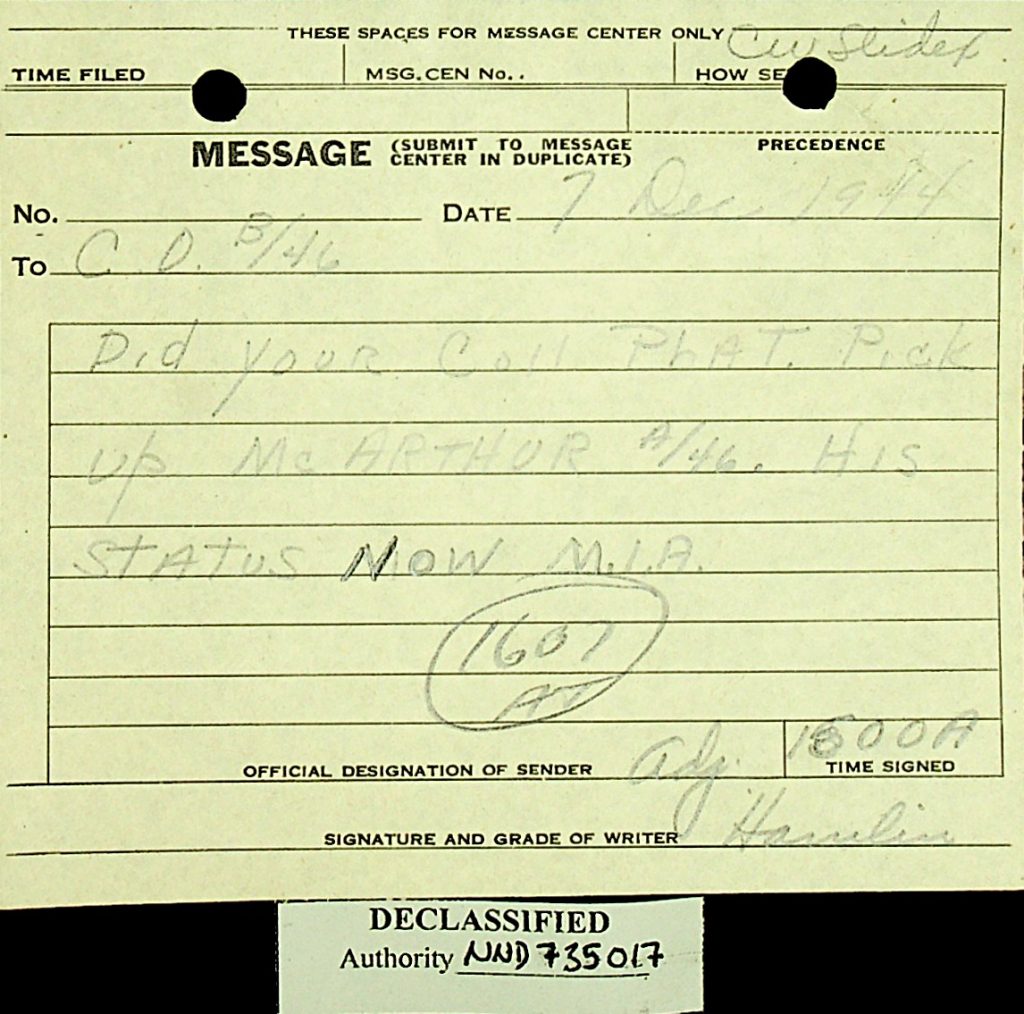
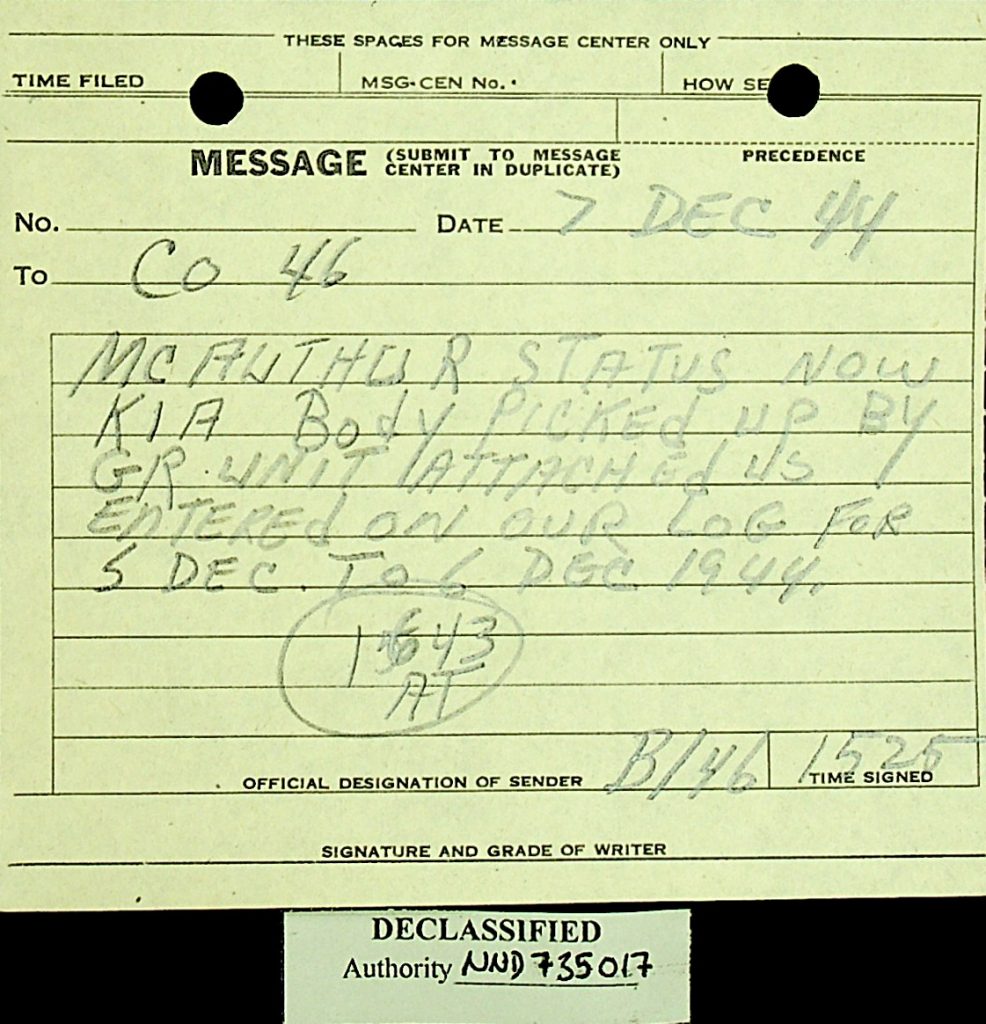
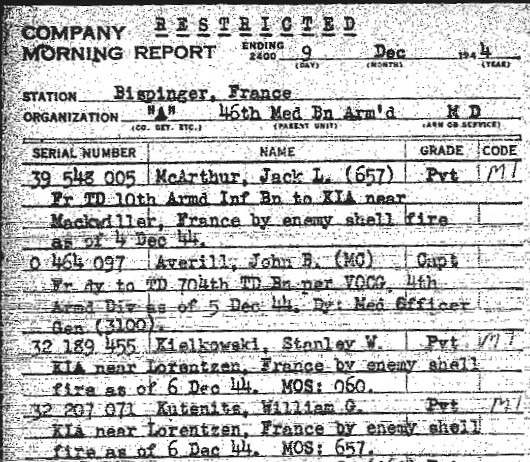
Tec 3 Harold Weinstein, 32120835. Plot B, Row 21, Grave 16.
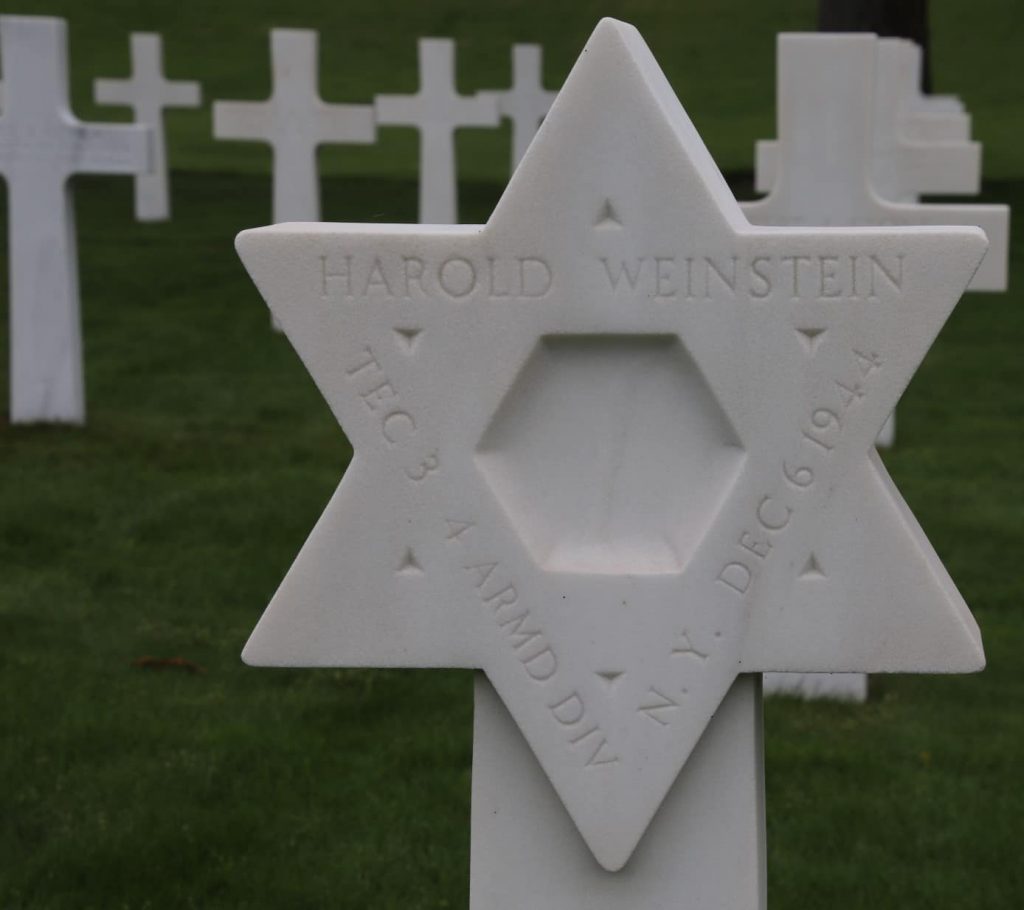
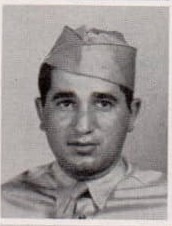
Tec 3 Weinstein joined the medical detachment of the 37th Armored Regiment early in its history. He remained there after the reorganization in 1943, when part of the regiment became the 37th Tank Battalion. He served as a surgical technician (MOS 861).
Tec 3 Weinstein was killed during the attack on Singling, on December 6th, 1944.
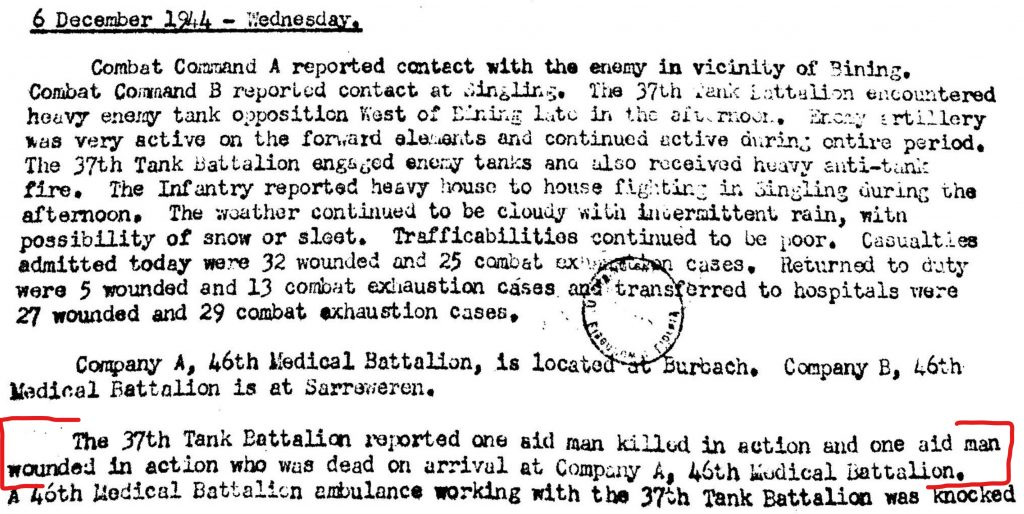
The Division Surgeon’s Journal stated that the medical detachment, 37th TB lost two aid men this day. The second aid men killed this day was S/ Sgt Everett T. Finch. His body was repatriated to the United States after the War.
Pvt. William G. Kutenits, 32207071. Plot J, Row 39, Grave 18.
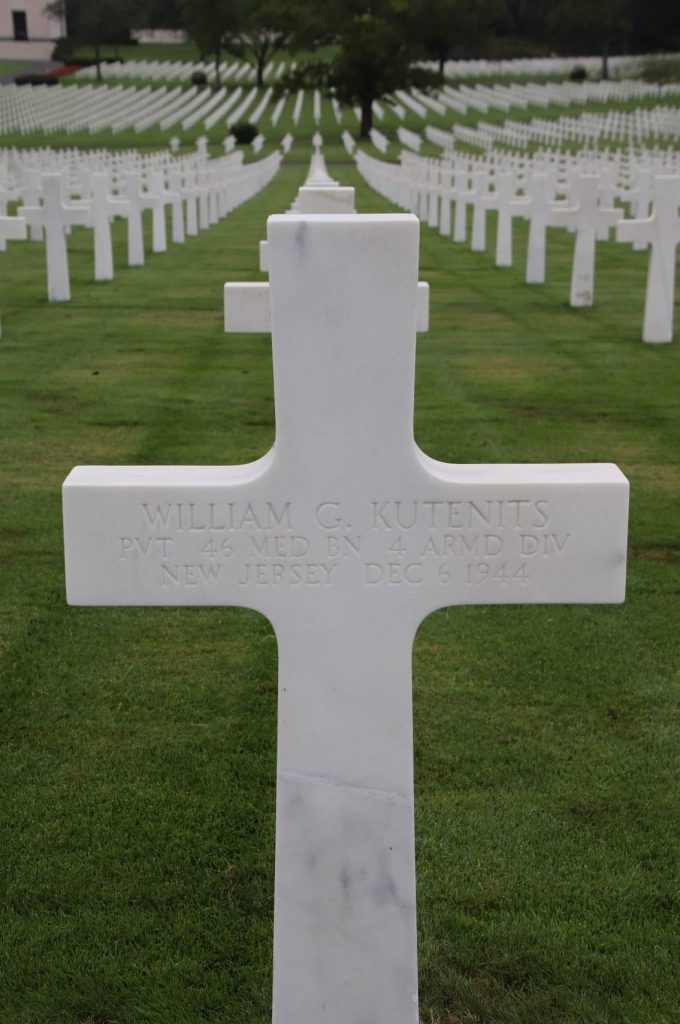
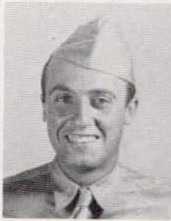
Pvt. Kutenits served with Company A, 46th Armored Medical Battalion from early on. His photo is shown in the 1942 yearbook of the unit. He served as a litter bearer (MOS 657). On December 6th, 1944 he was killed by shellfire near the French village of Lorentzen. Probably in the same barrage, Company A lost another aid man: Pvt. Stanley W. Kielkowski, who also served as a litter bearer.
Here is the 46th AMB’s S-3 Journal and the Morning Report reporting their deaths:

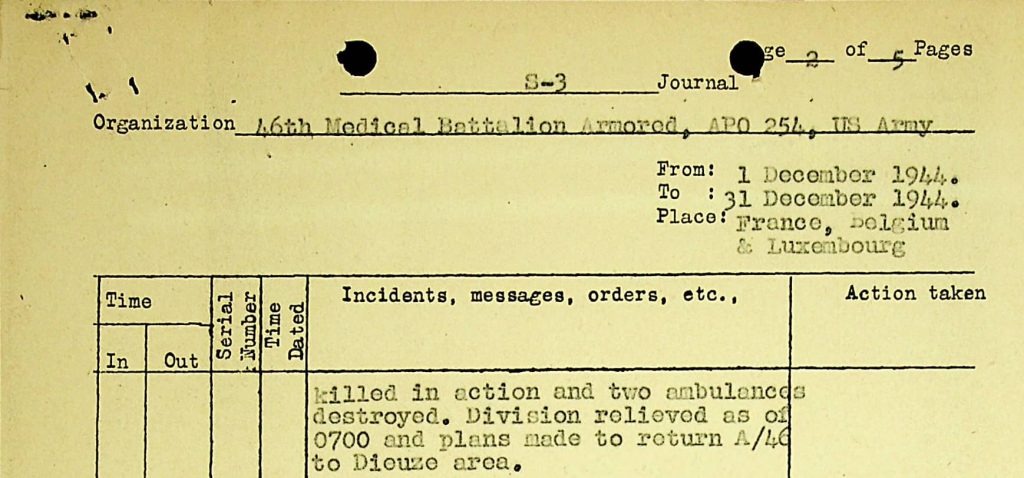
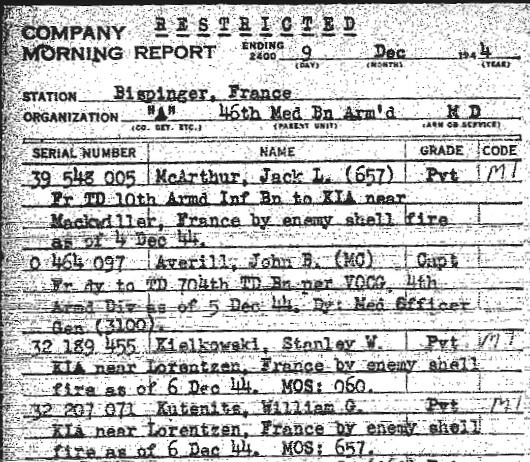
Pvt. Kielkowski’s body was repatriated after the war. Pvt. Kutenits remained in France.
Pvt. William A. King, 11039678. Plot K, Row 8, Grave 12.
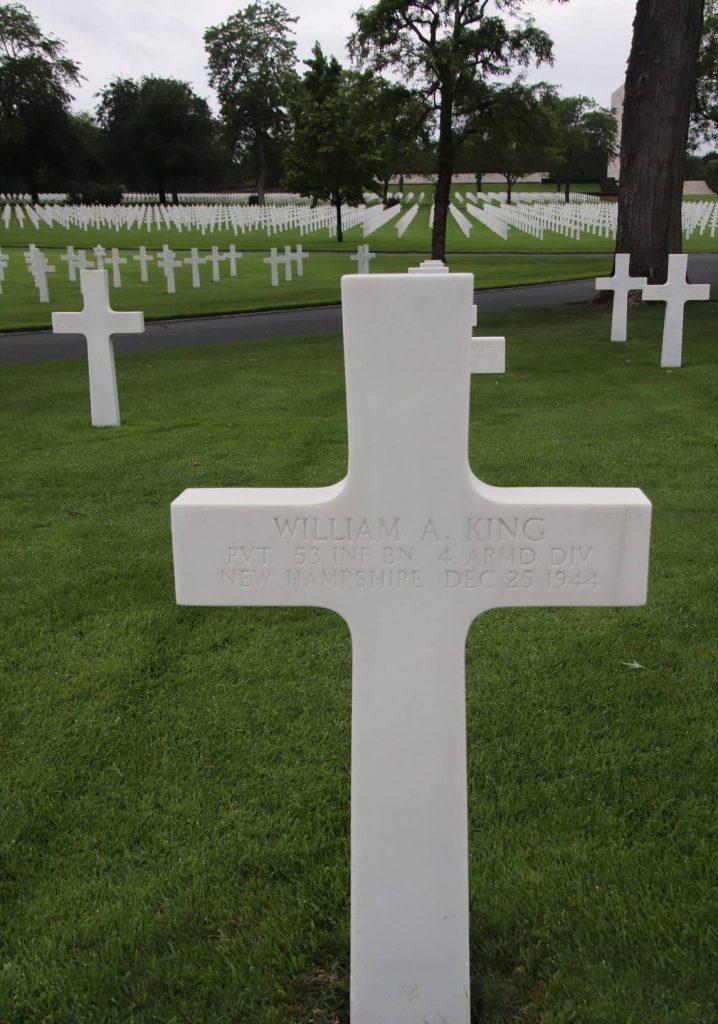
Pvt. King joined the medical detachment, 53rd Armored Infantry Battalion on November 17th, 1944 as a litter bearer.
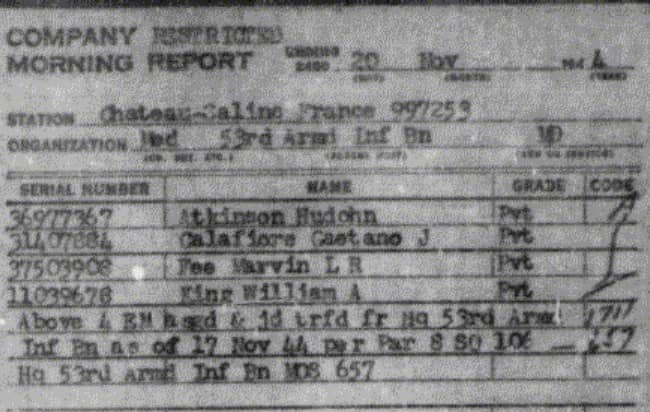
I have not been able to determine when he was Wounded in Action. It certainly was during the drive of the 4th Armored Division towards Bastogne. Perhaps during the attack of Combat Command Reserve on Bigonville, on December 24th, 1944. Or during the attack of CCR from Vaux-les-Rosieres towards Remoiville on the 25th. Whenever he may have been wounded, he died of his wounds on Christmas day, 1944.
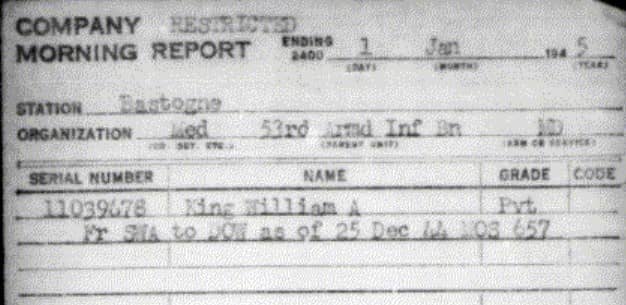
Reflection
There was one other grave in the cemetery that drew my attention. It was not so much the grave itself, but the colorful ribbon on the bouquet of flowers laid at the cross, that caught my eyes.
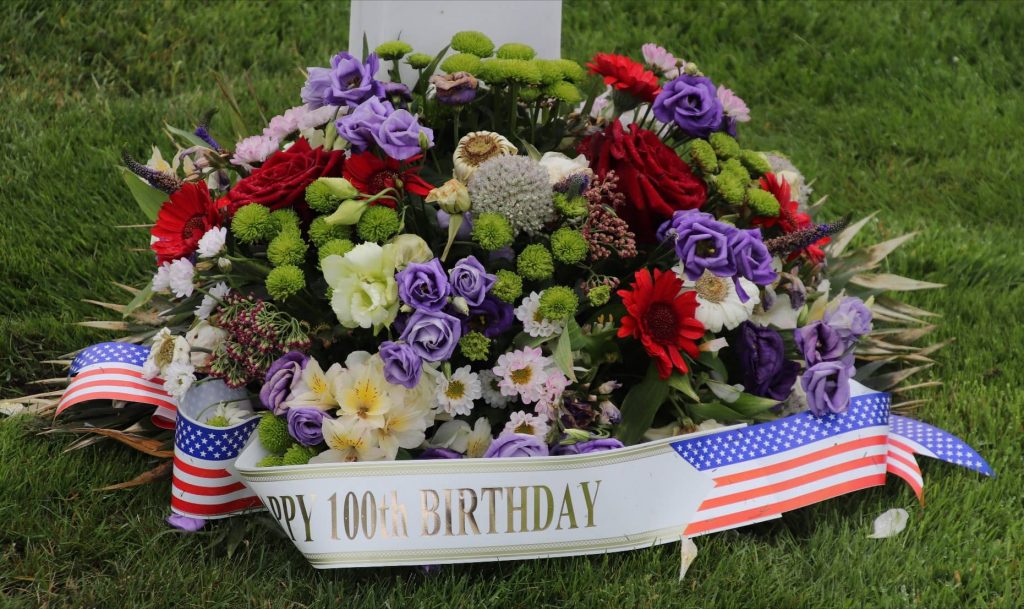
“Happy 100th Birthday”.
I have visited many war cemeteries but I have never before seen someone’s birthday celebrated during my visits. At first, it felt a bit strange to me, but then I began to realize that this bouquet silently both mourned the loss and celebrated the life of the airman buried here. I was very touched by this, and looking back I think it captures the experiences and the goals of my research and my visit to the cemetery perfectly.
Remember their sacrifices, and celebrate their lives and their incredible accomplishments.
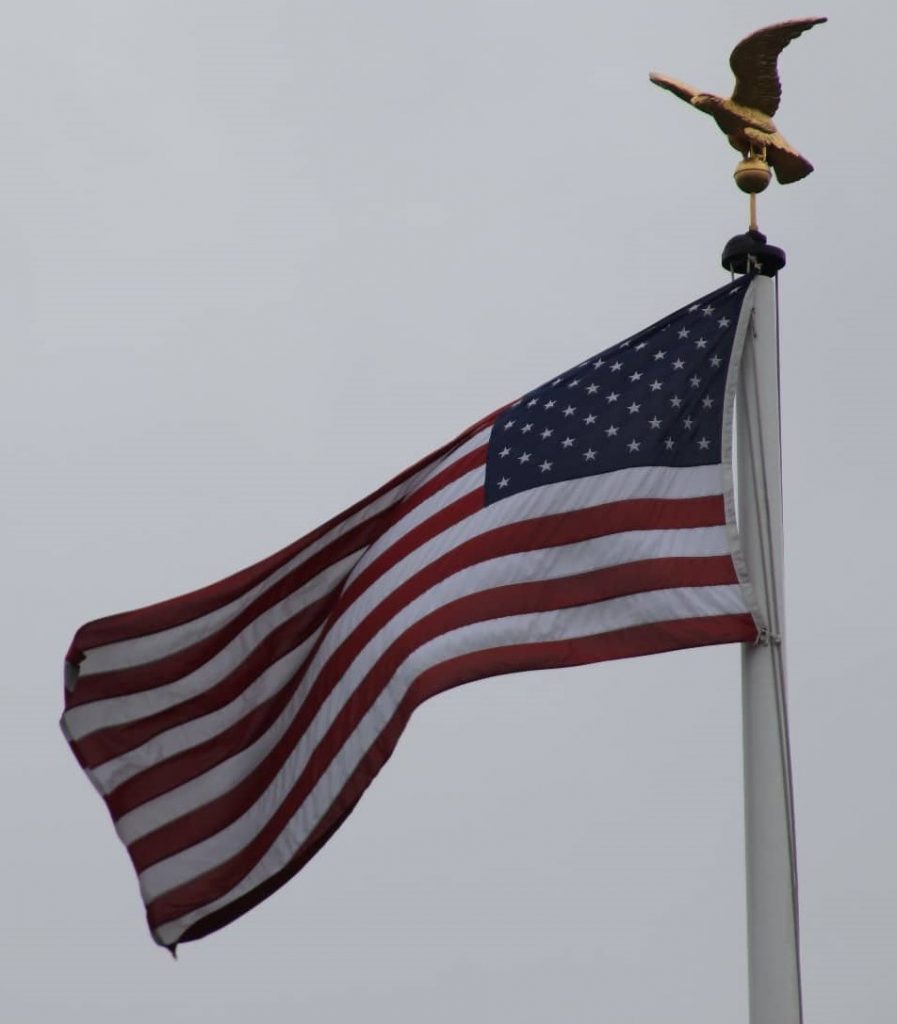
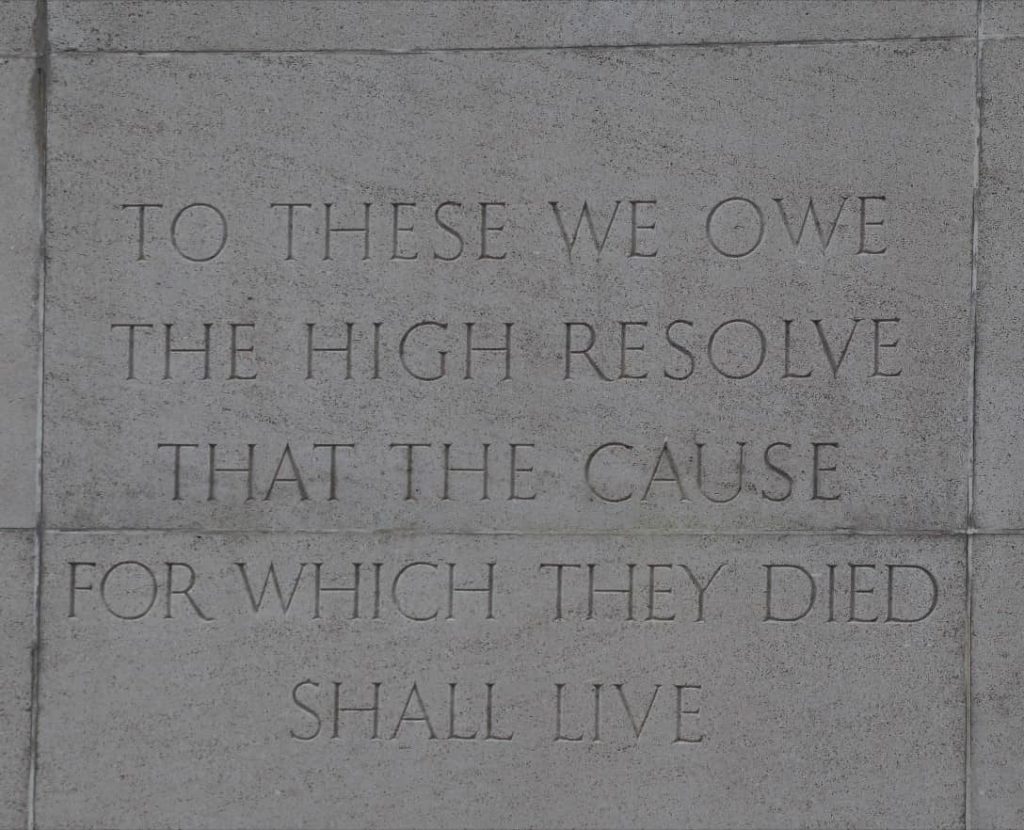
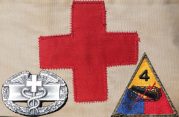
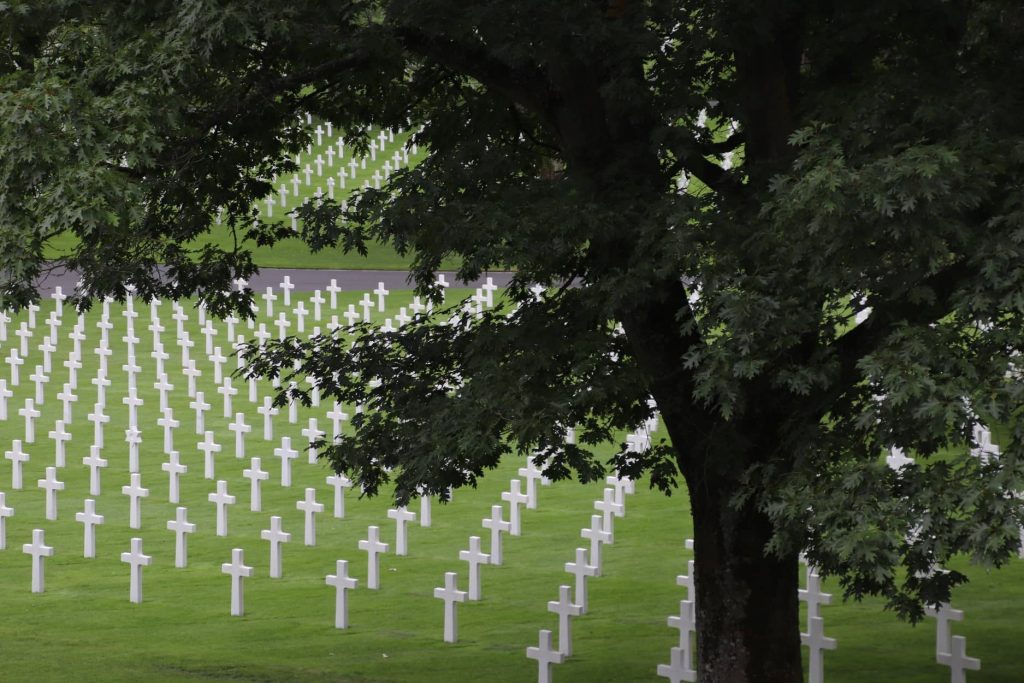
Pingback: Tec5 Joseph N. Korzeniowski - Part 4 - Patton's Best Medics